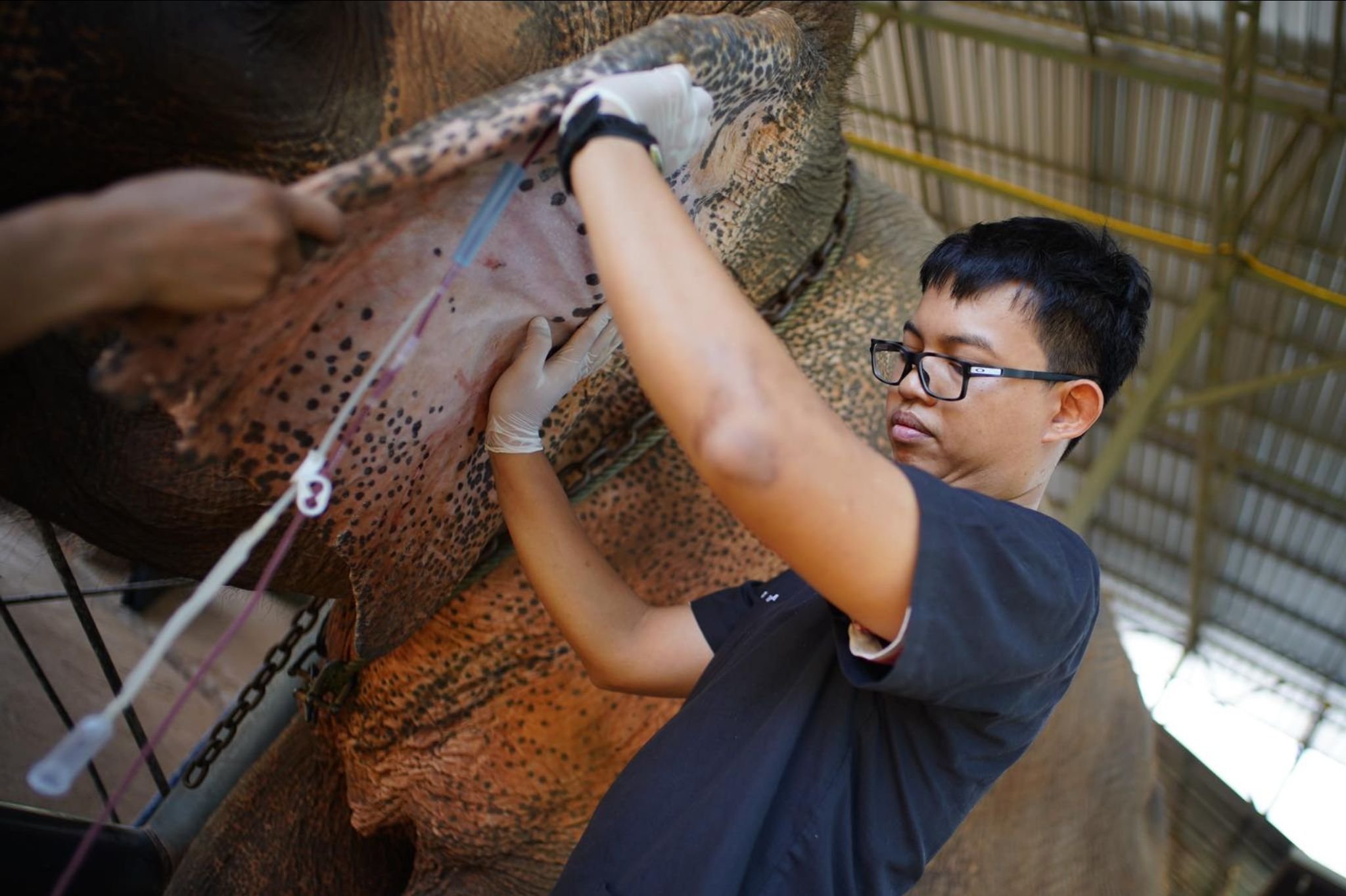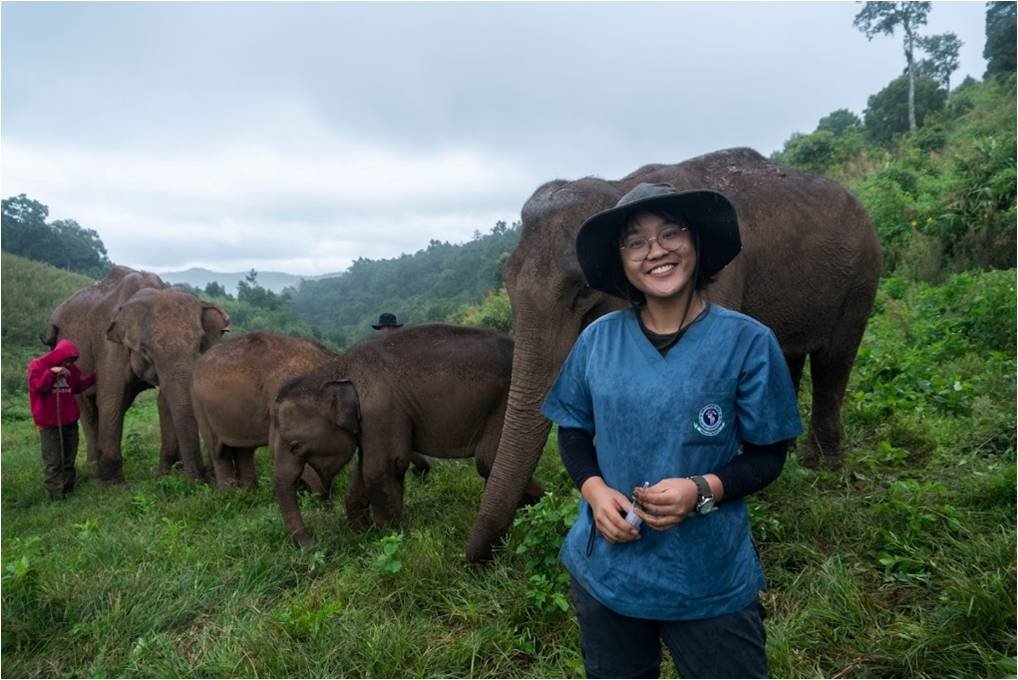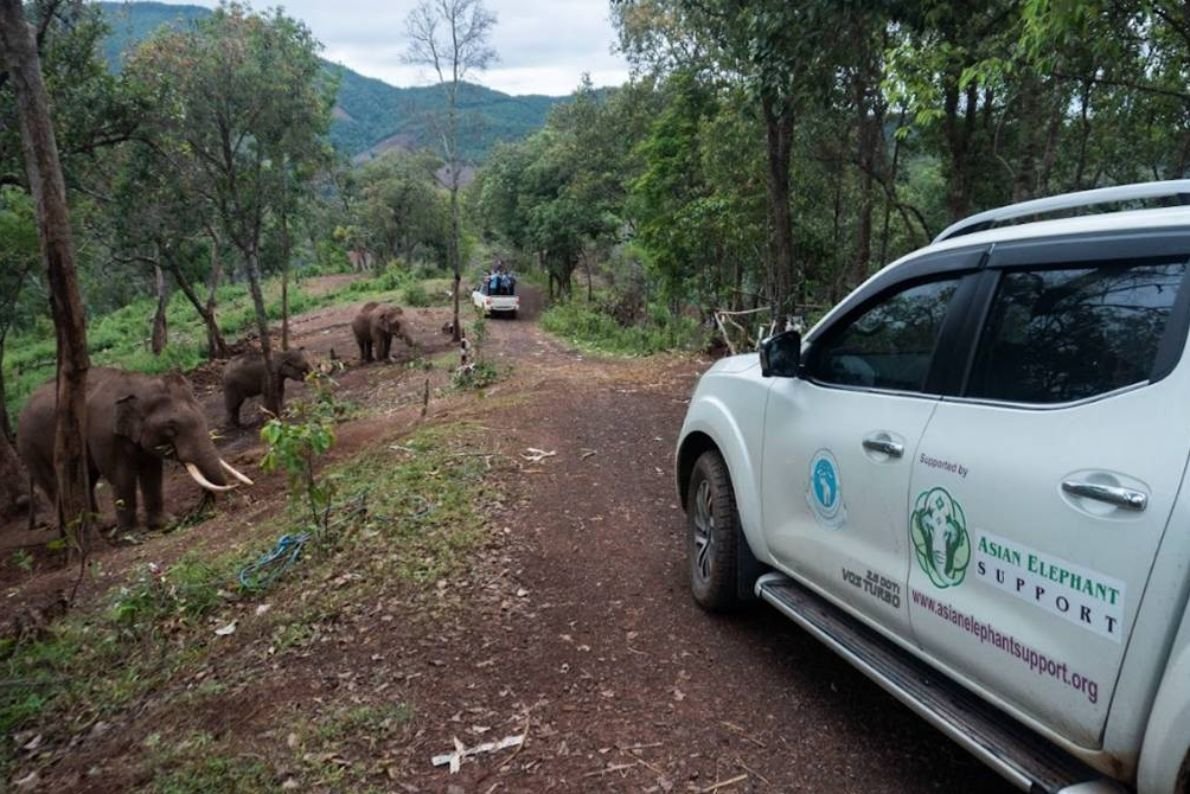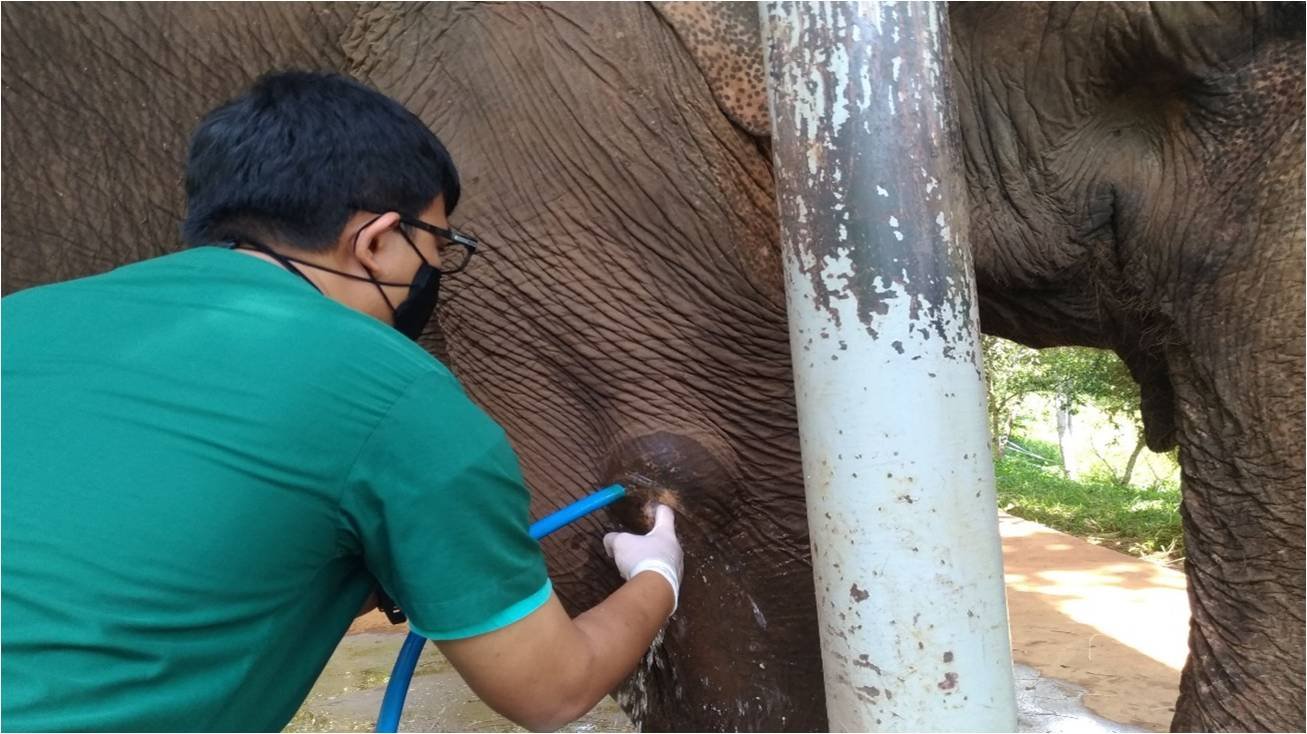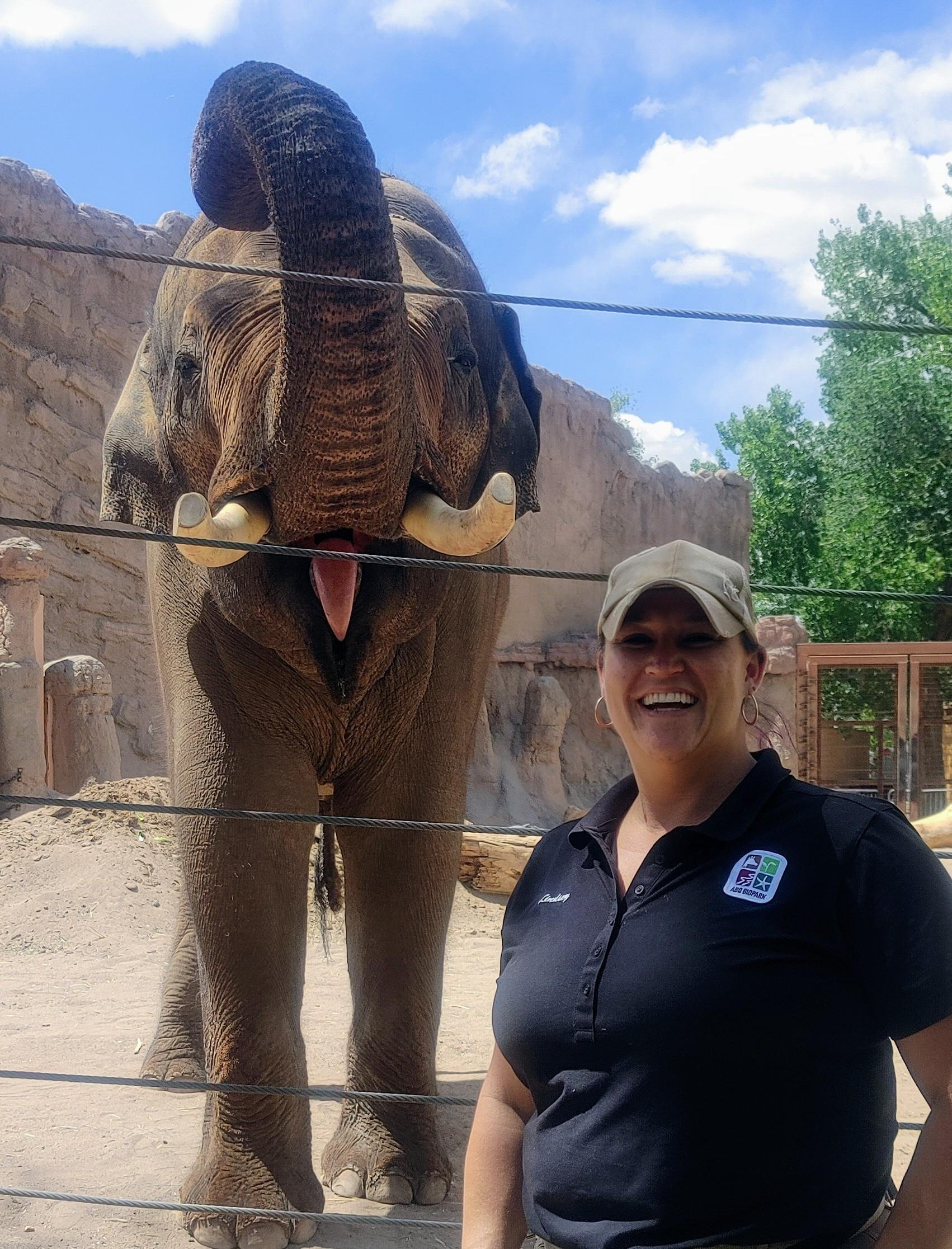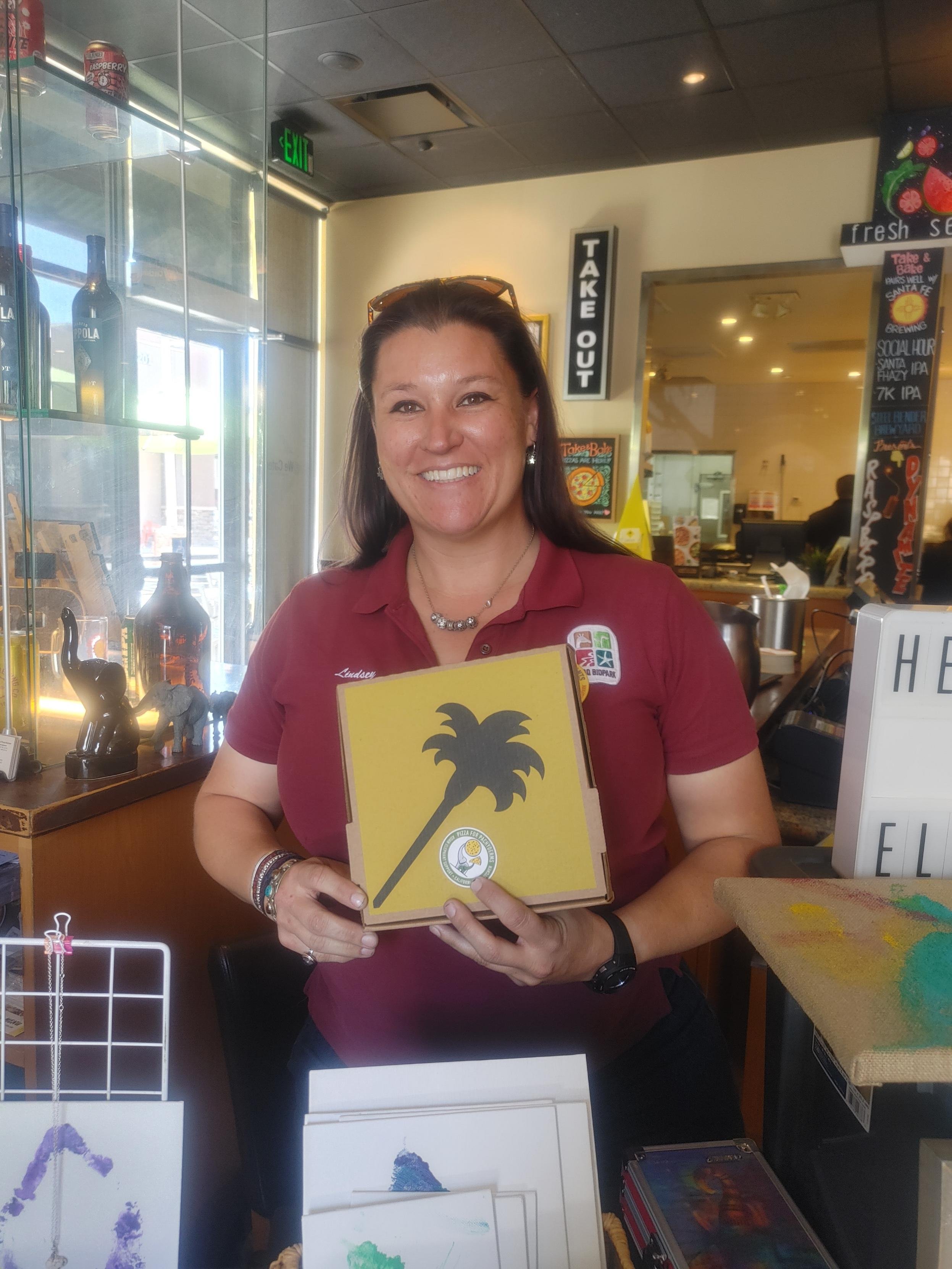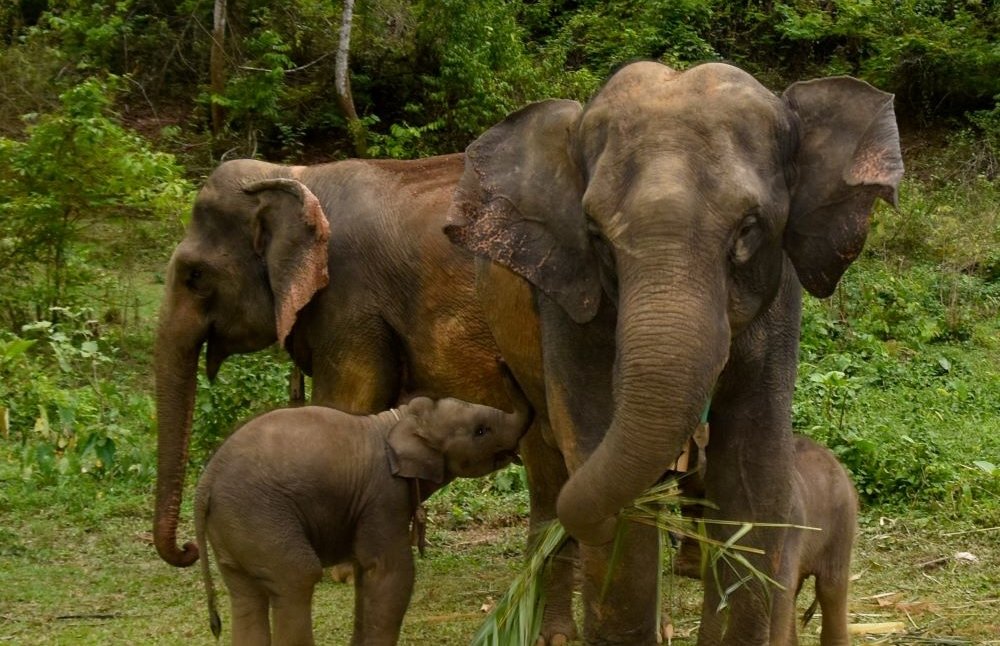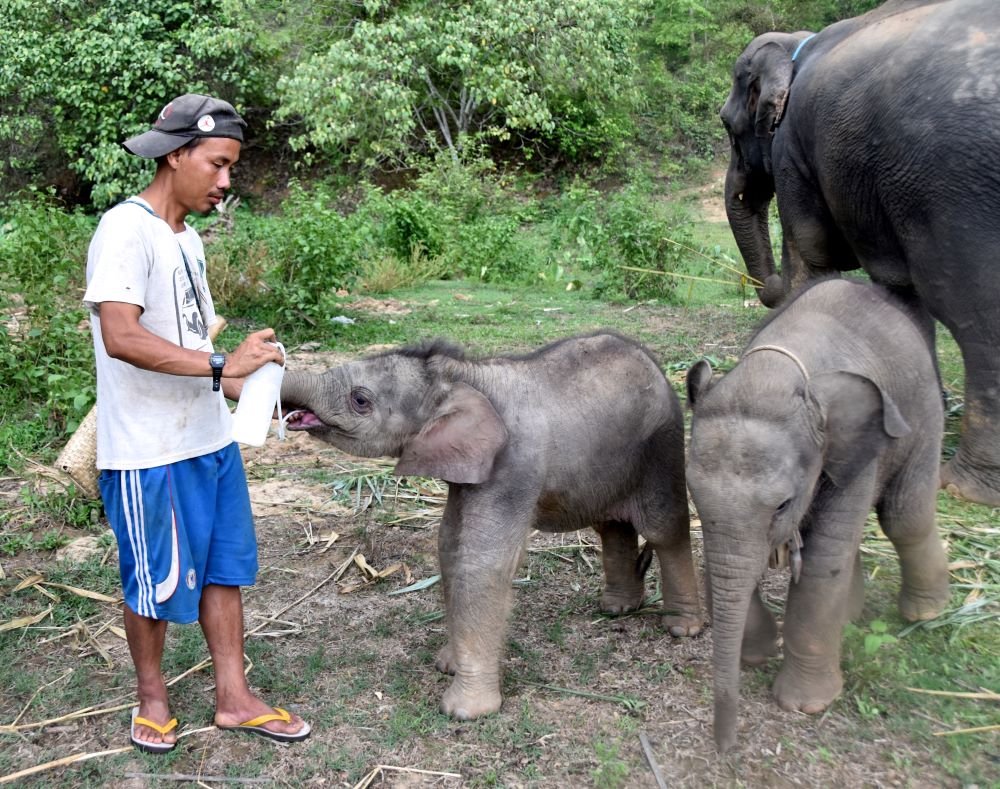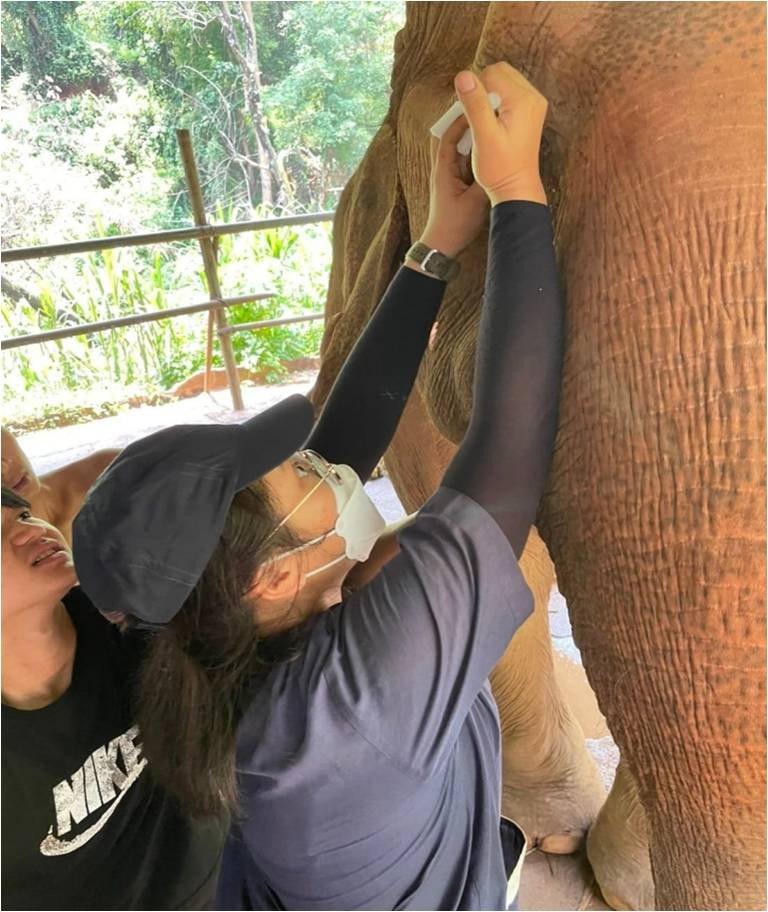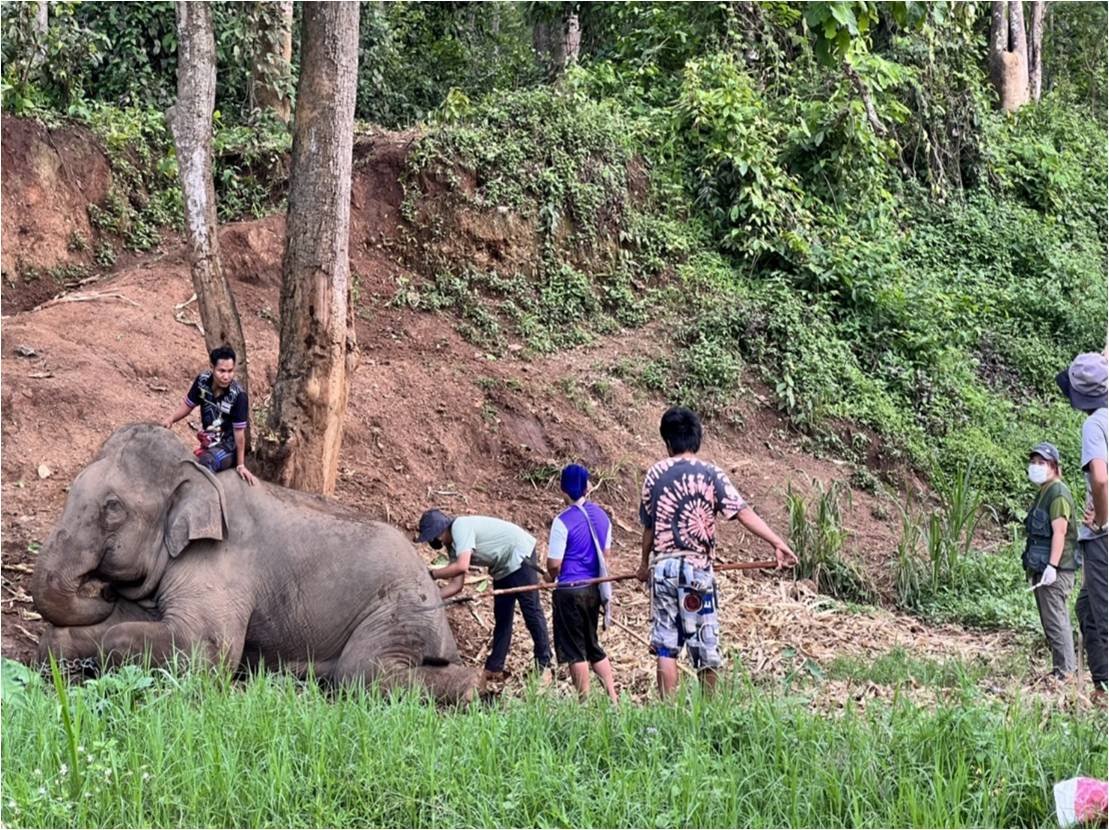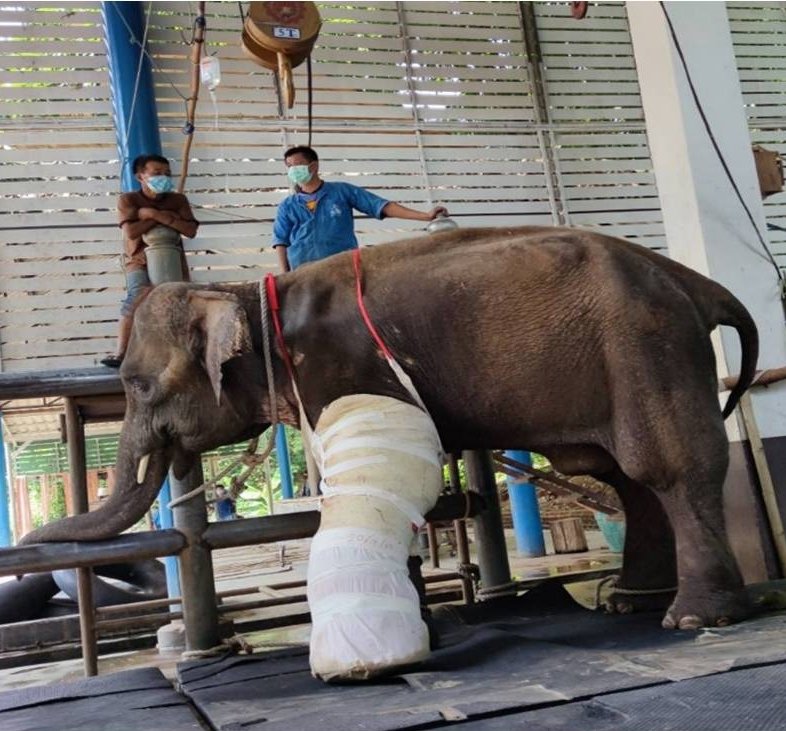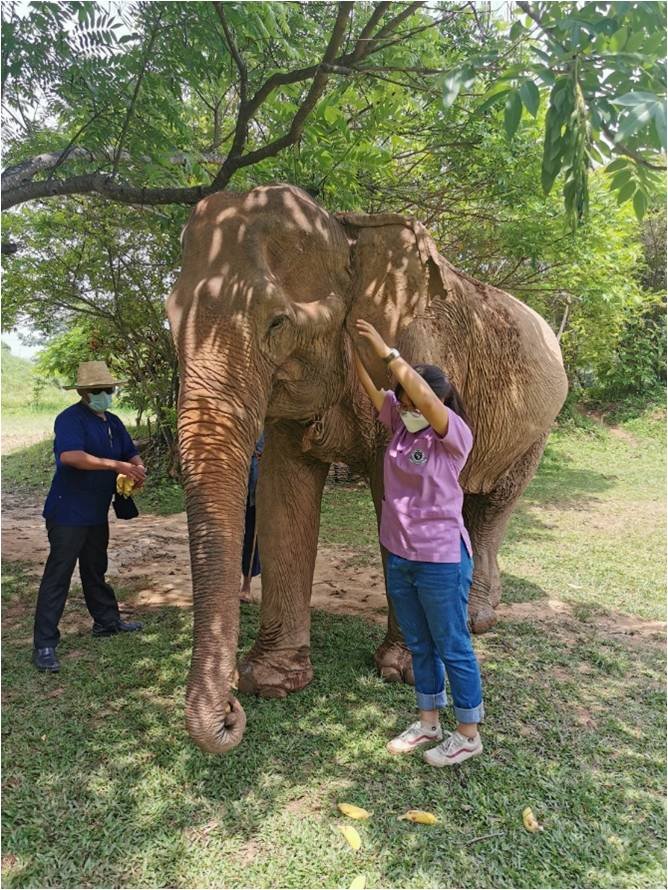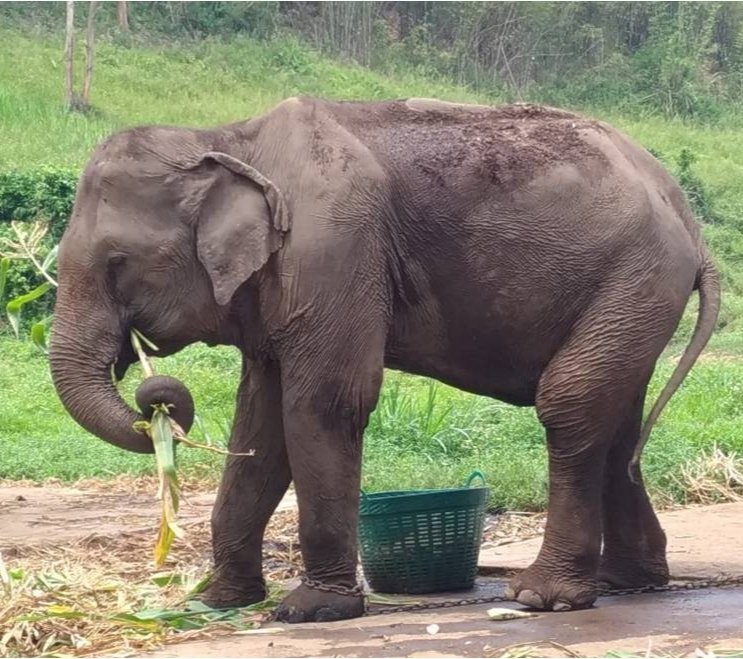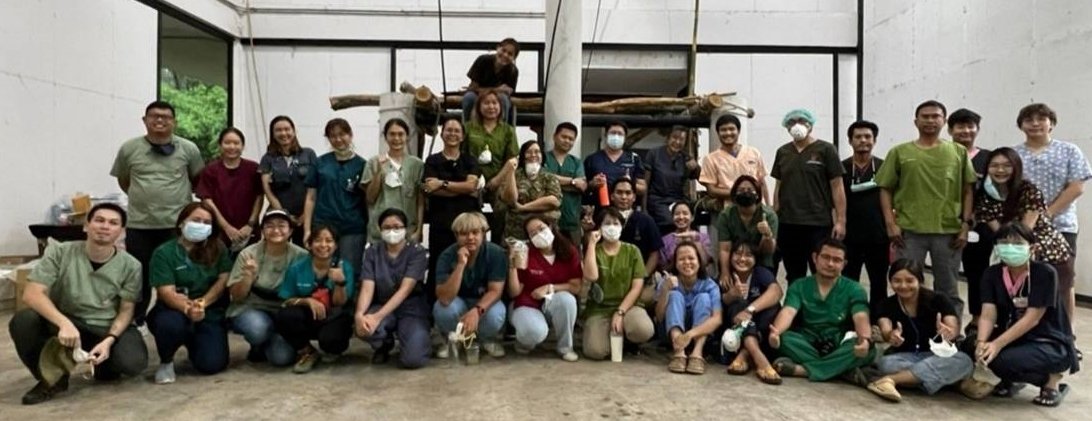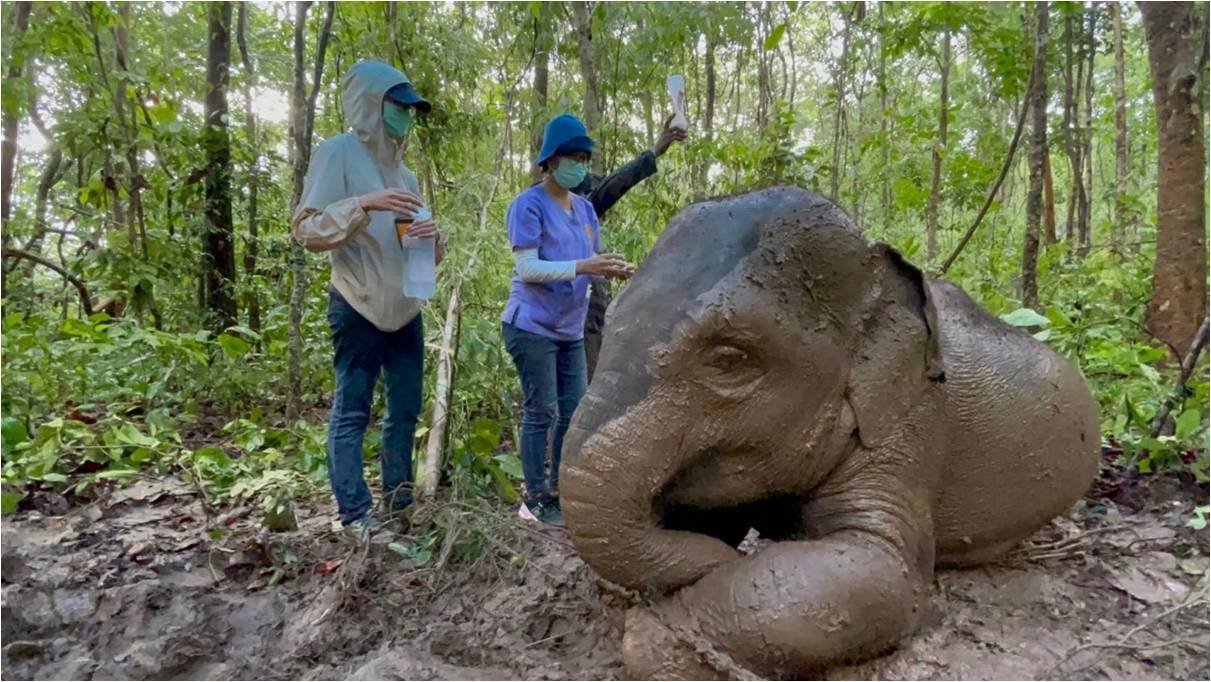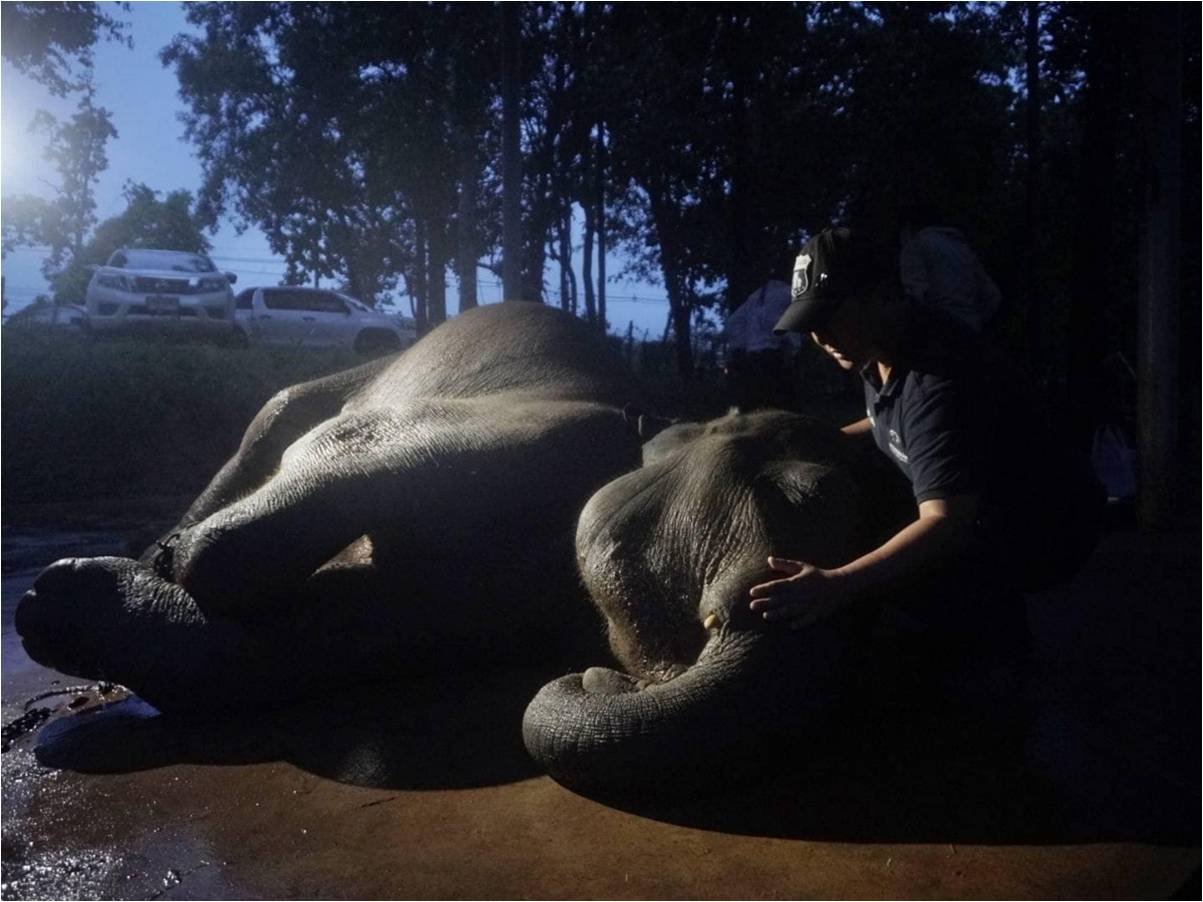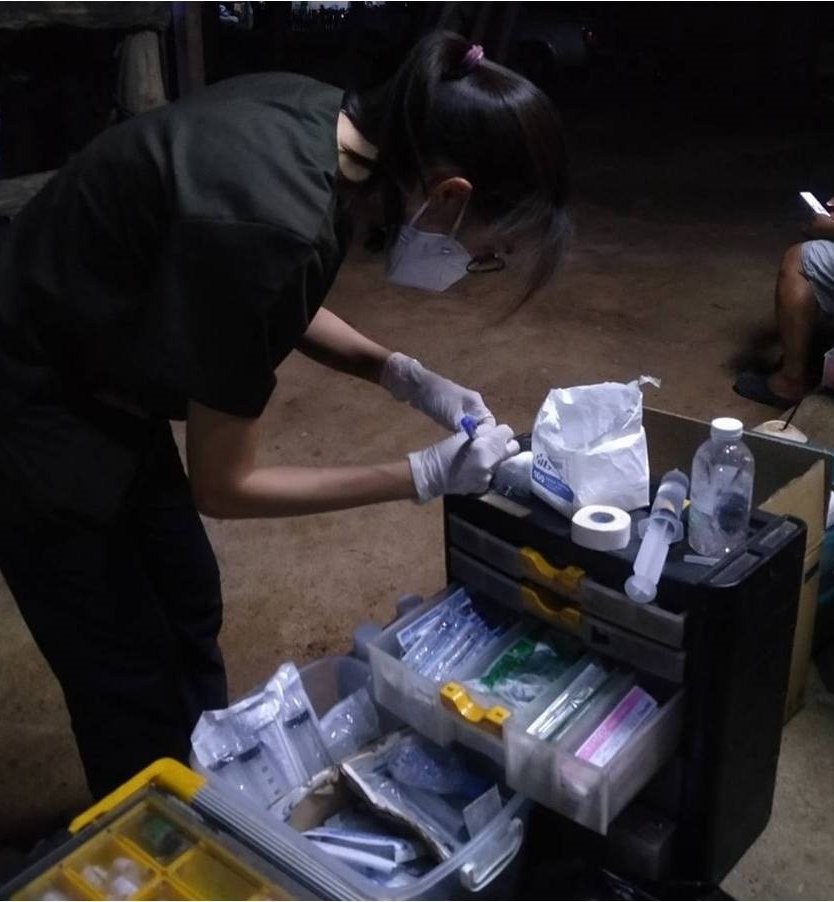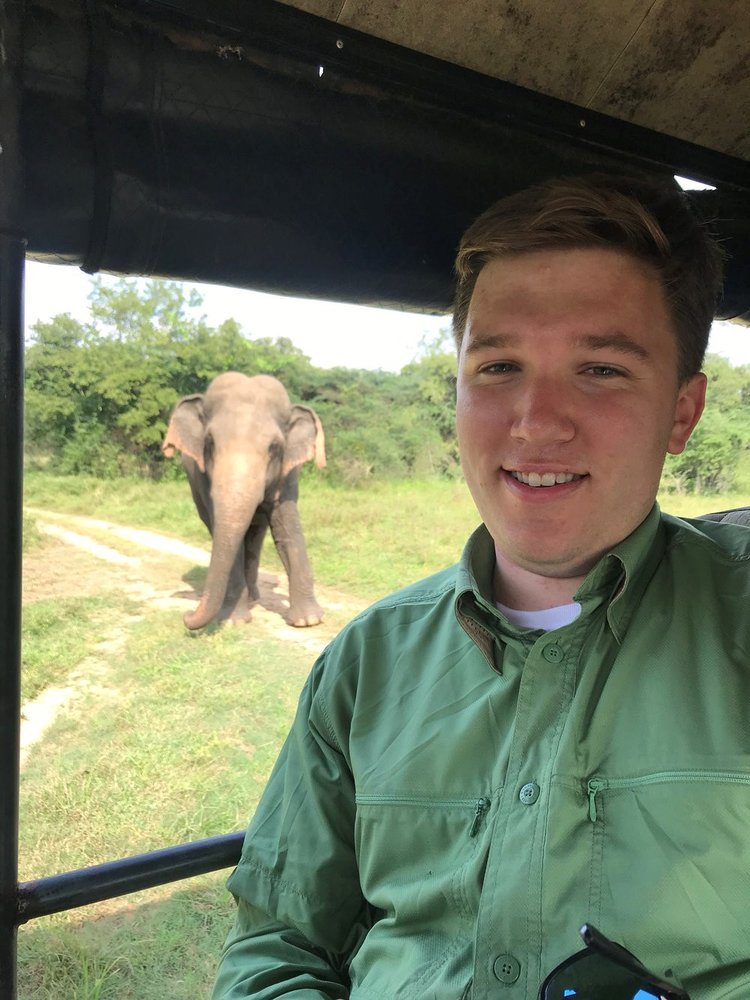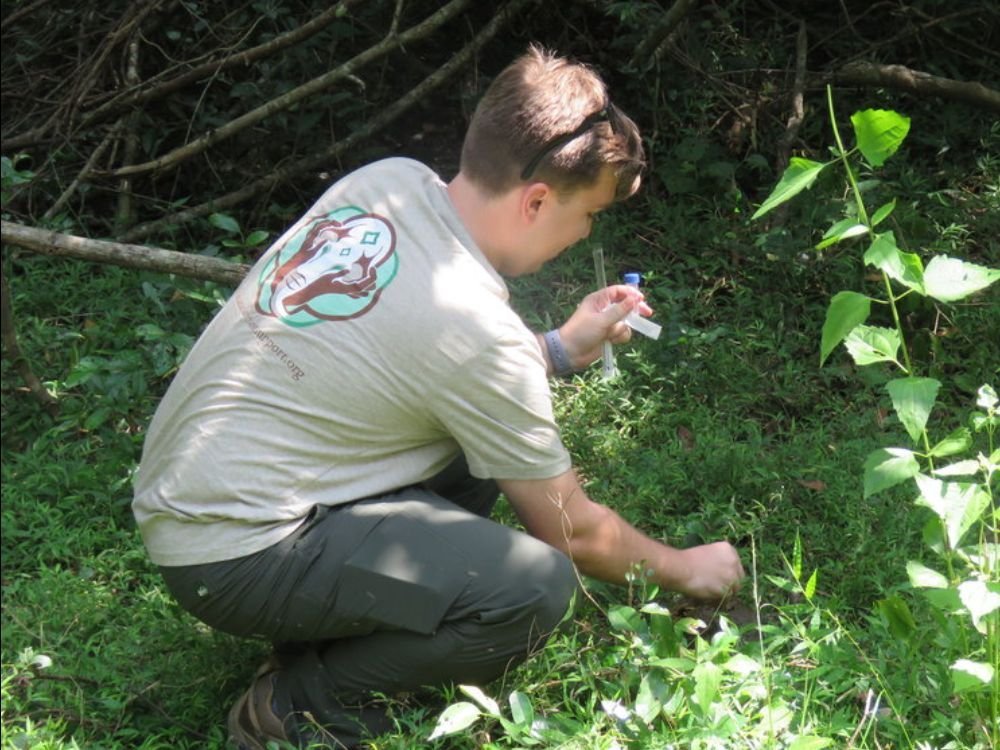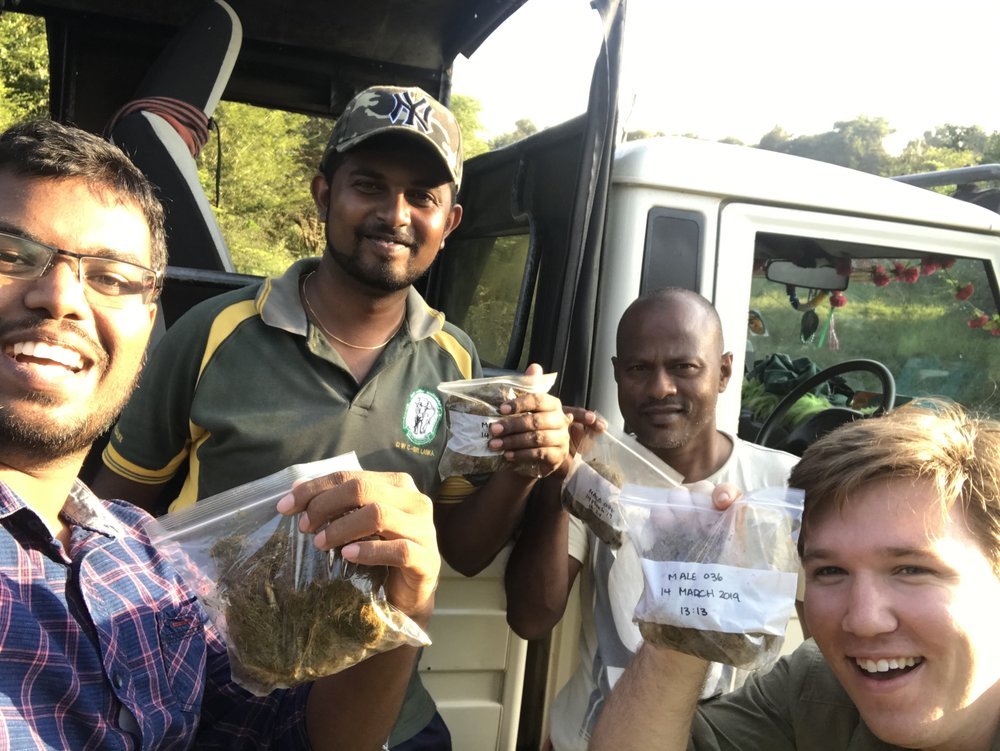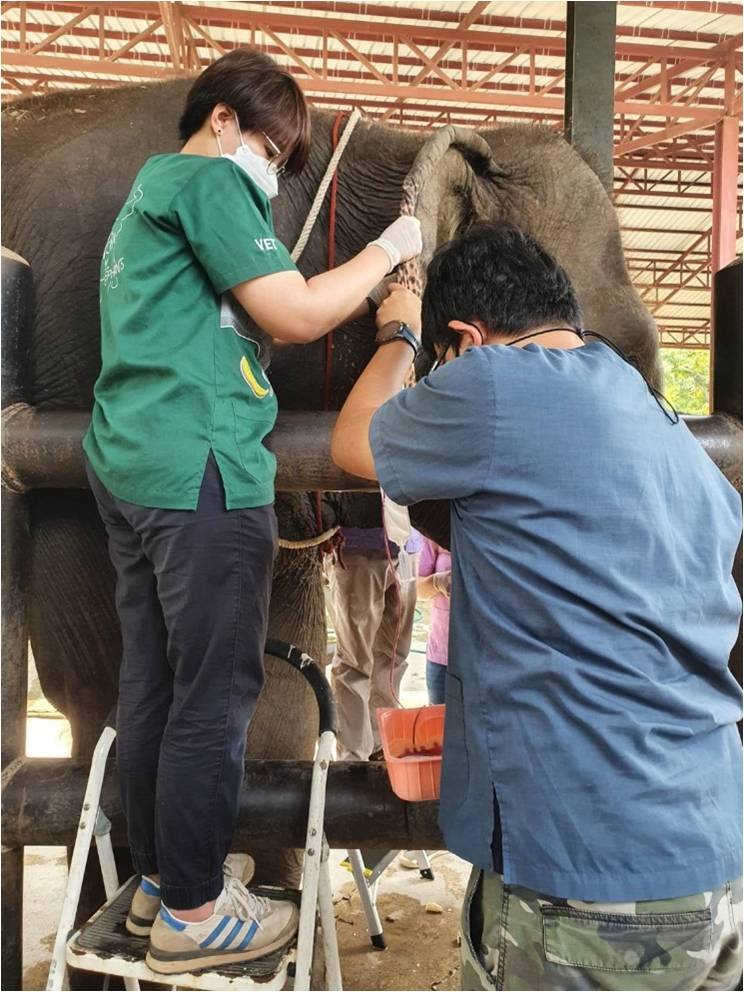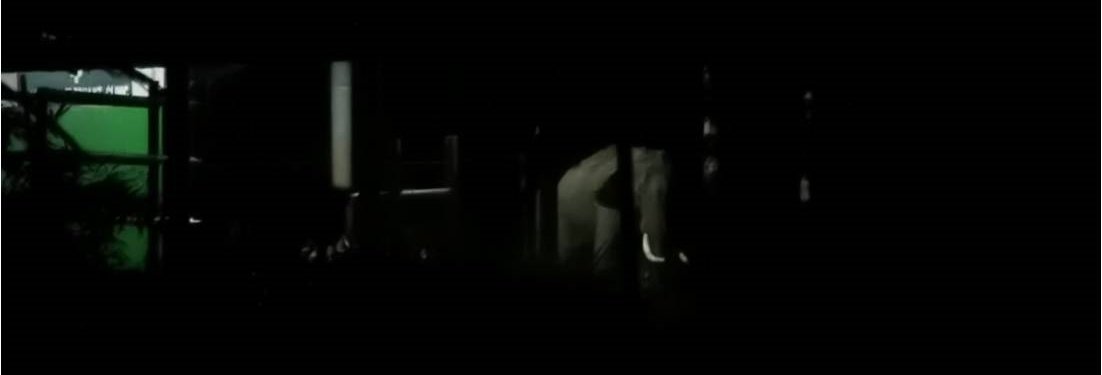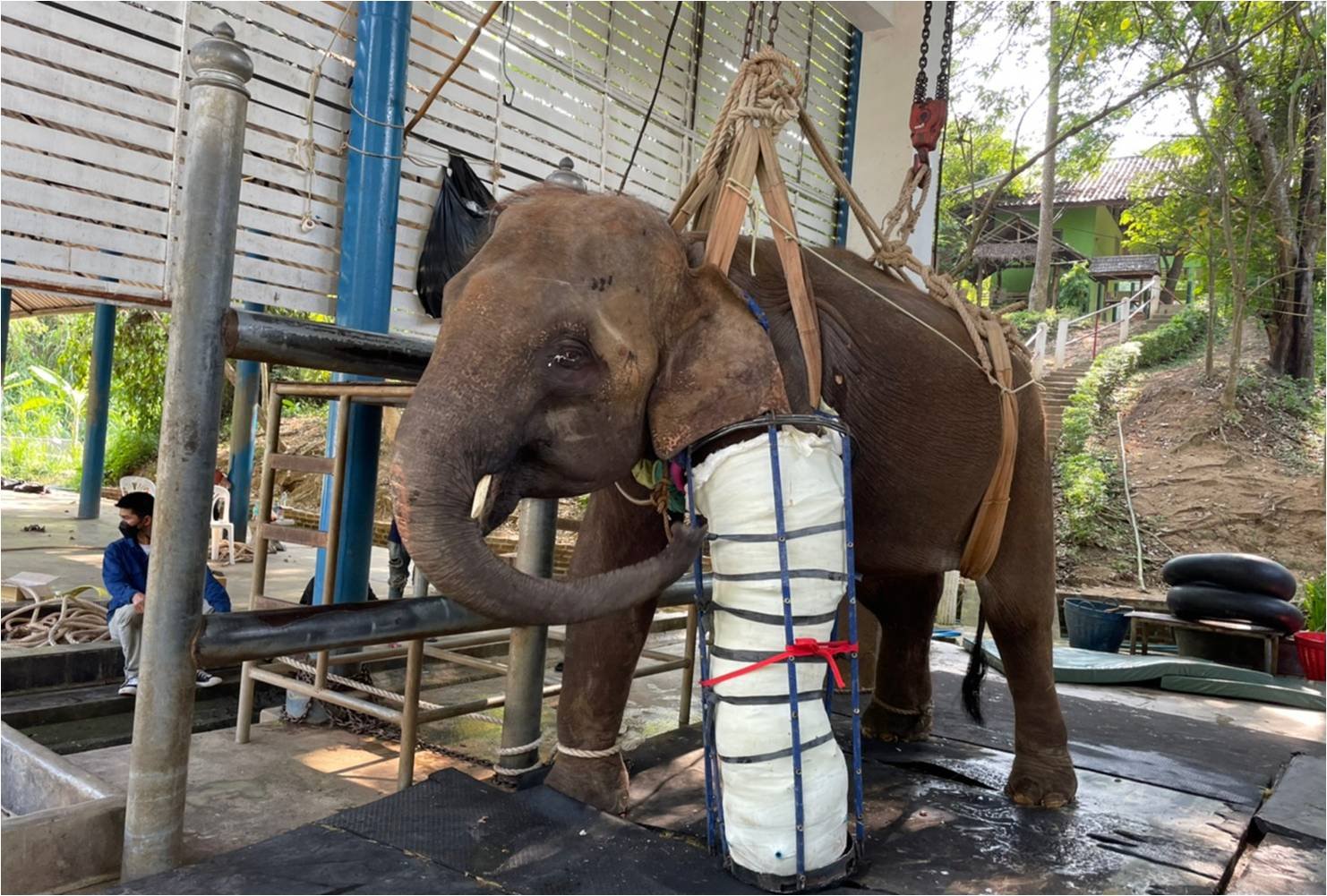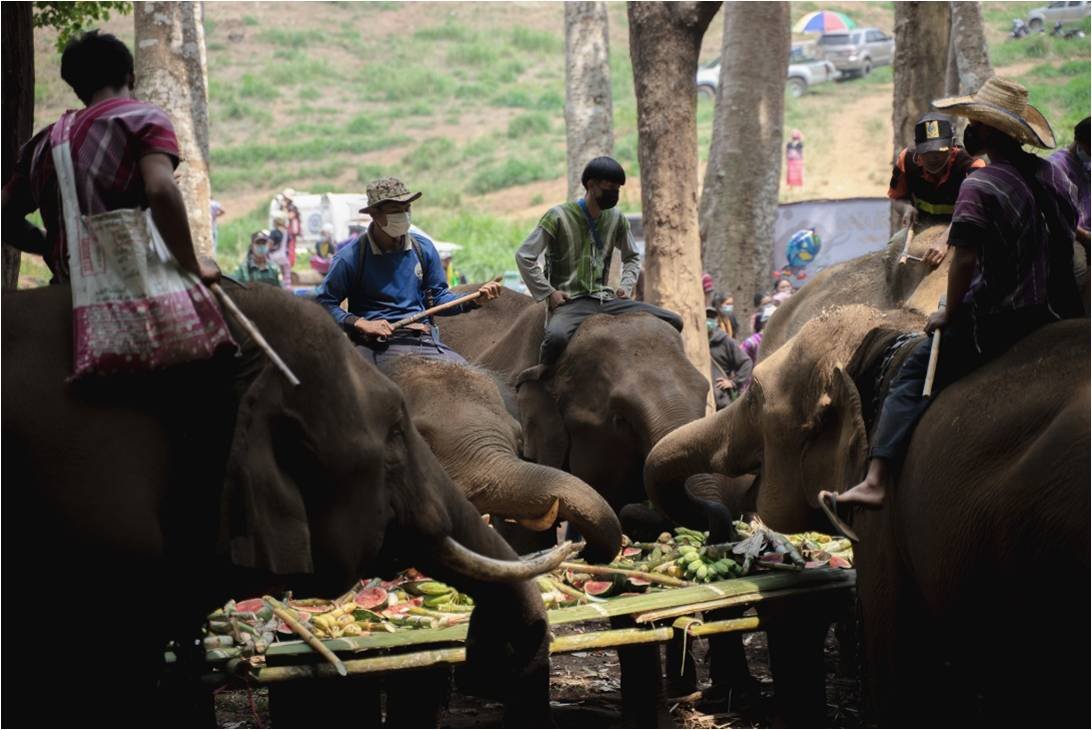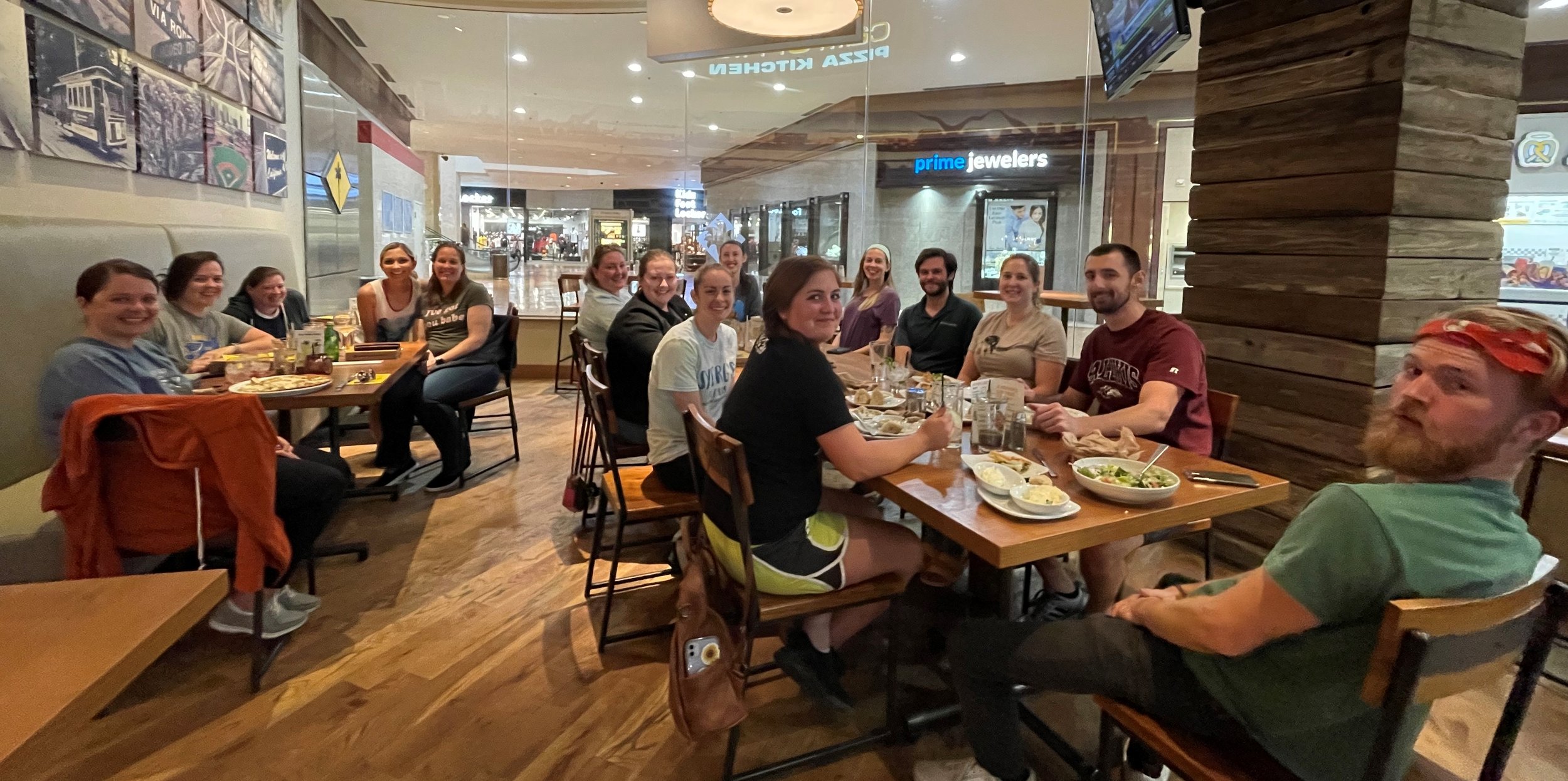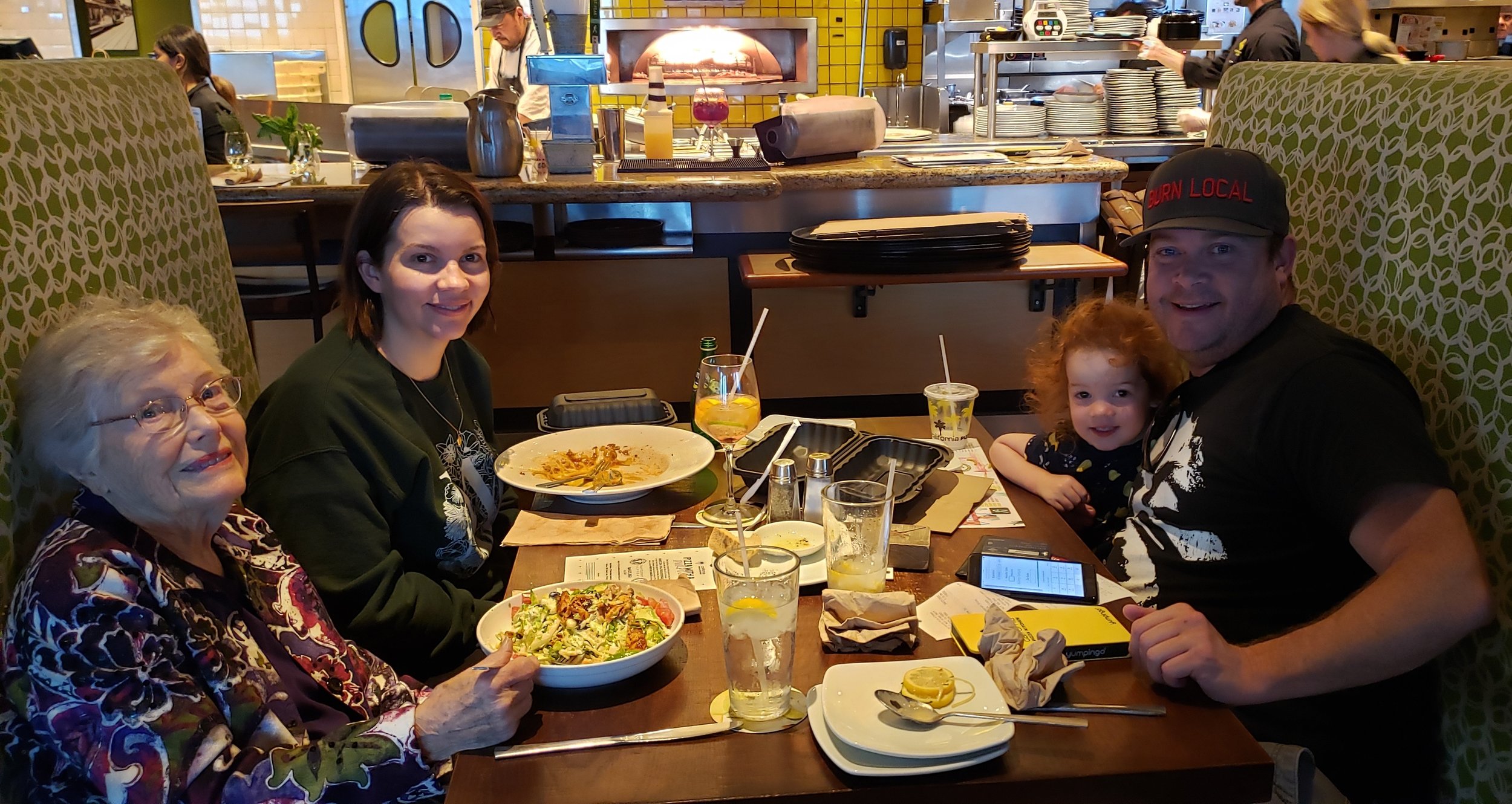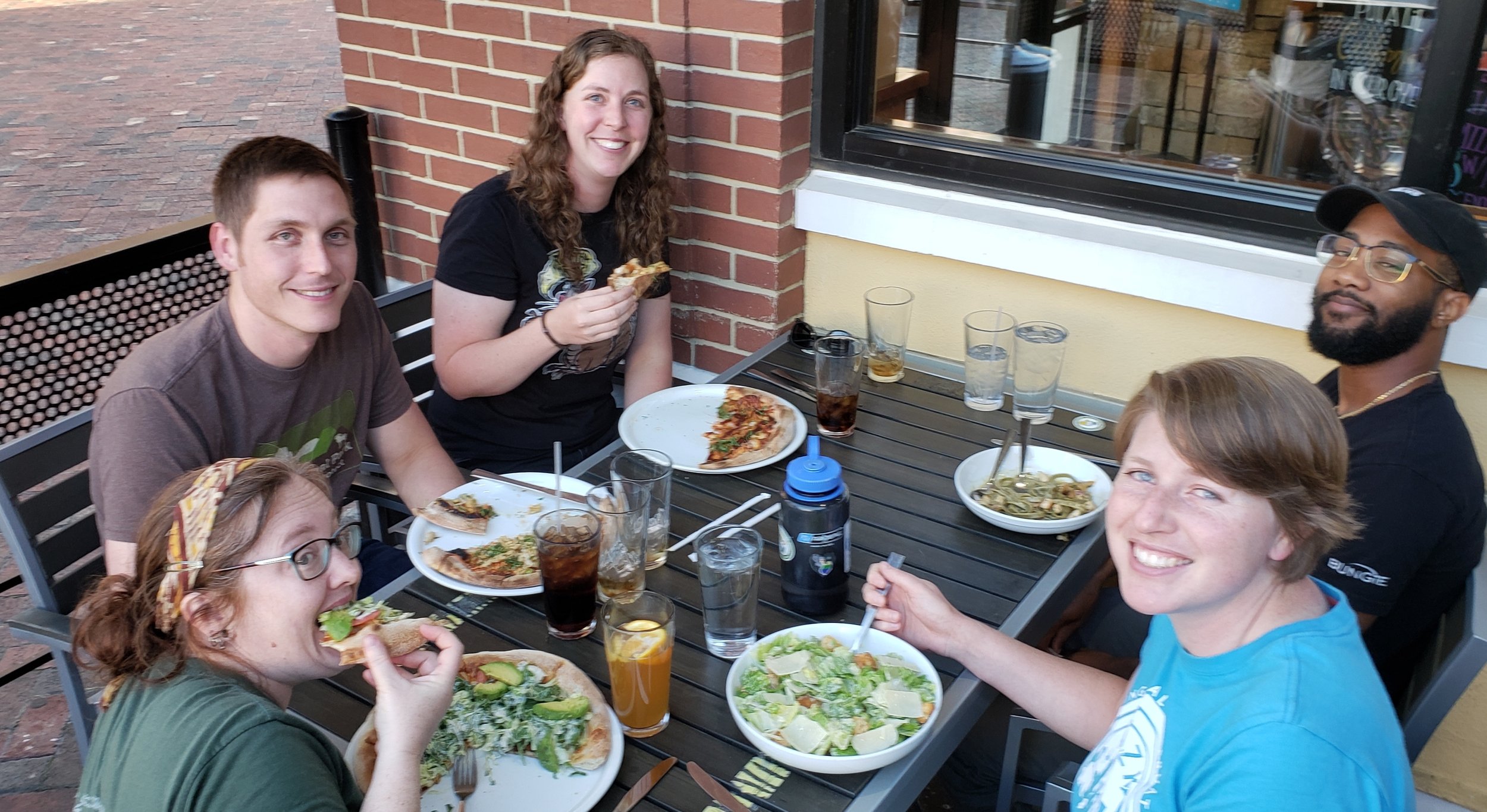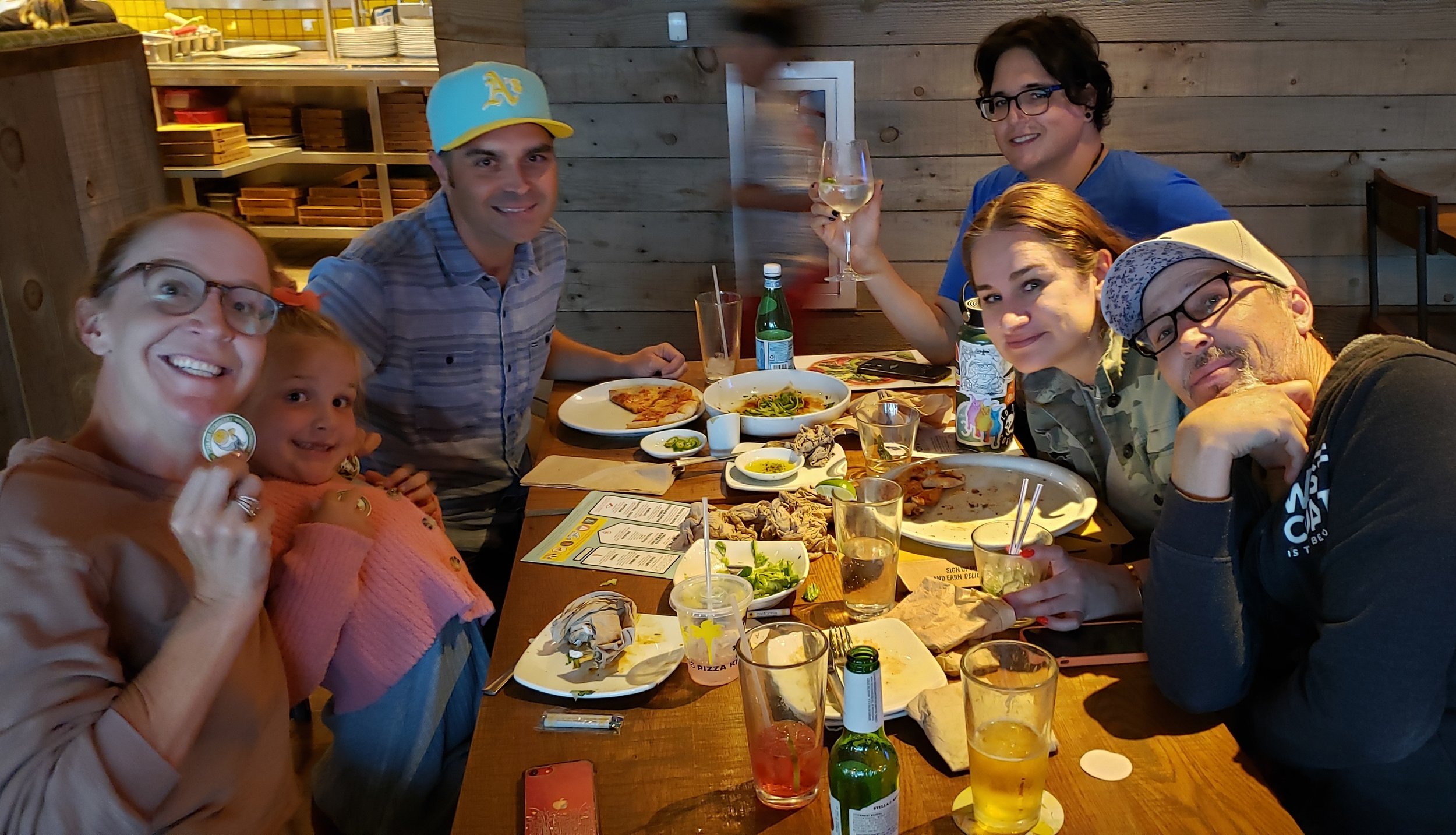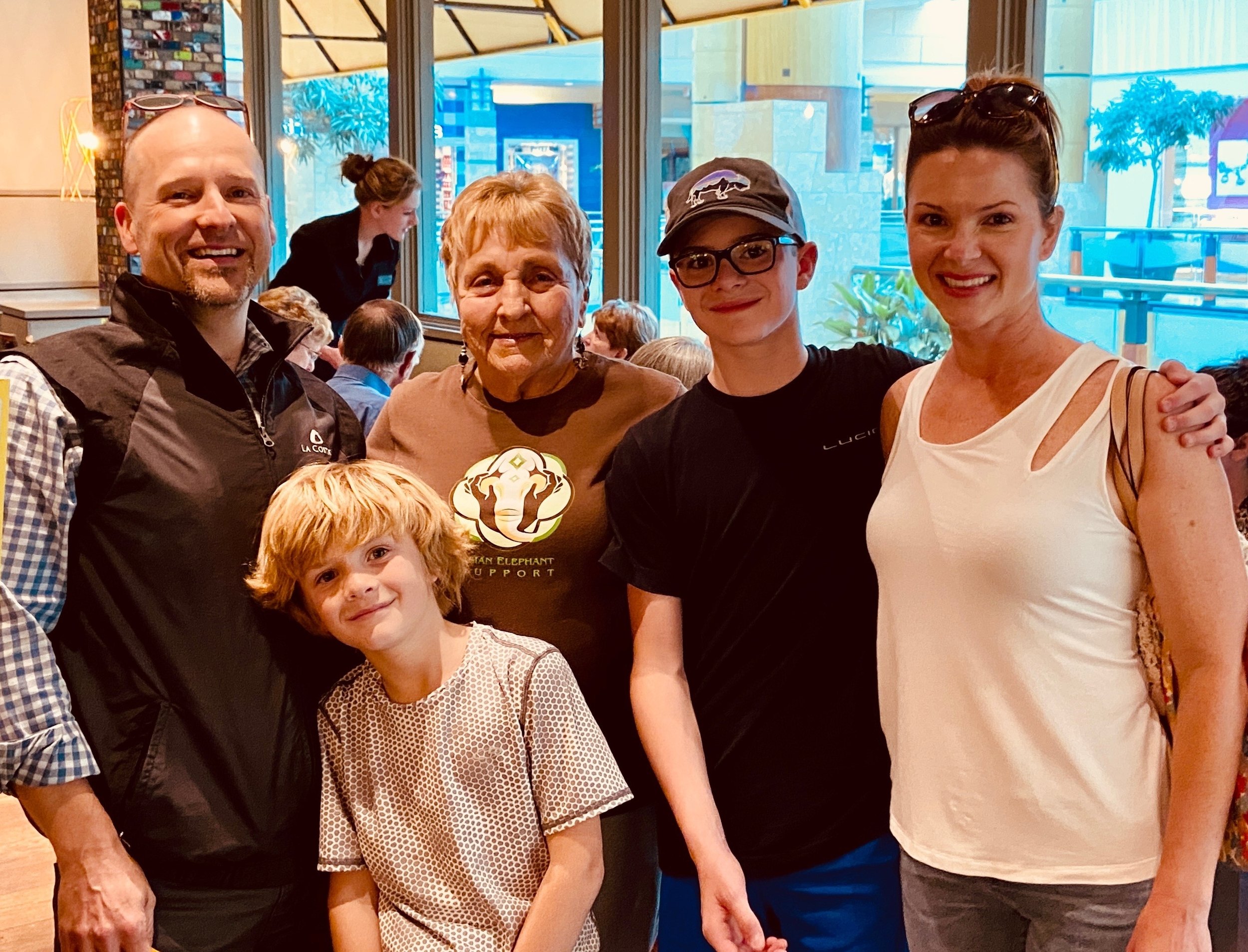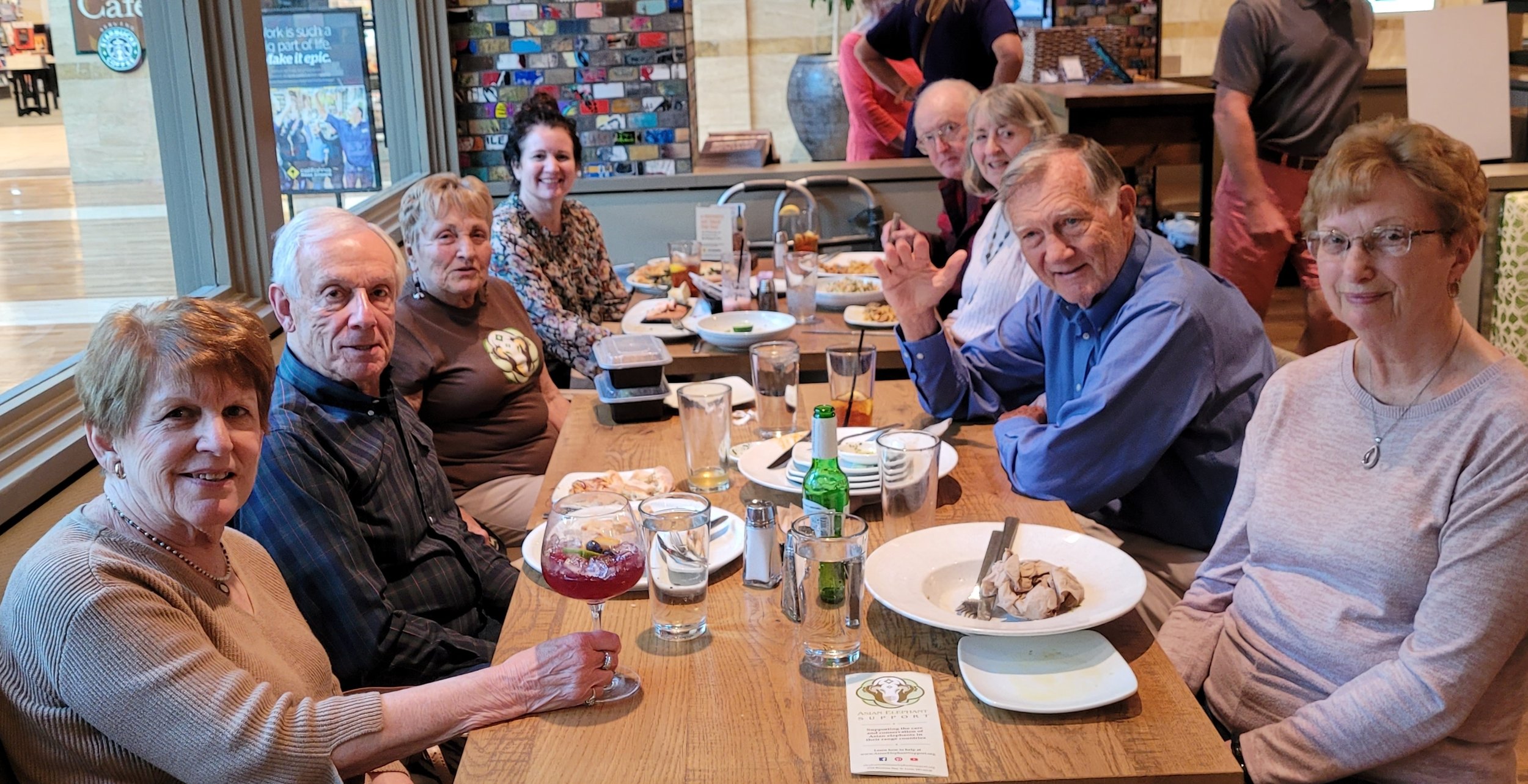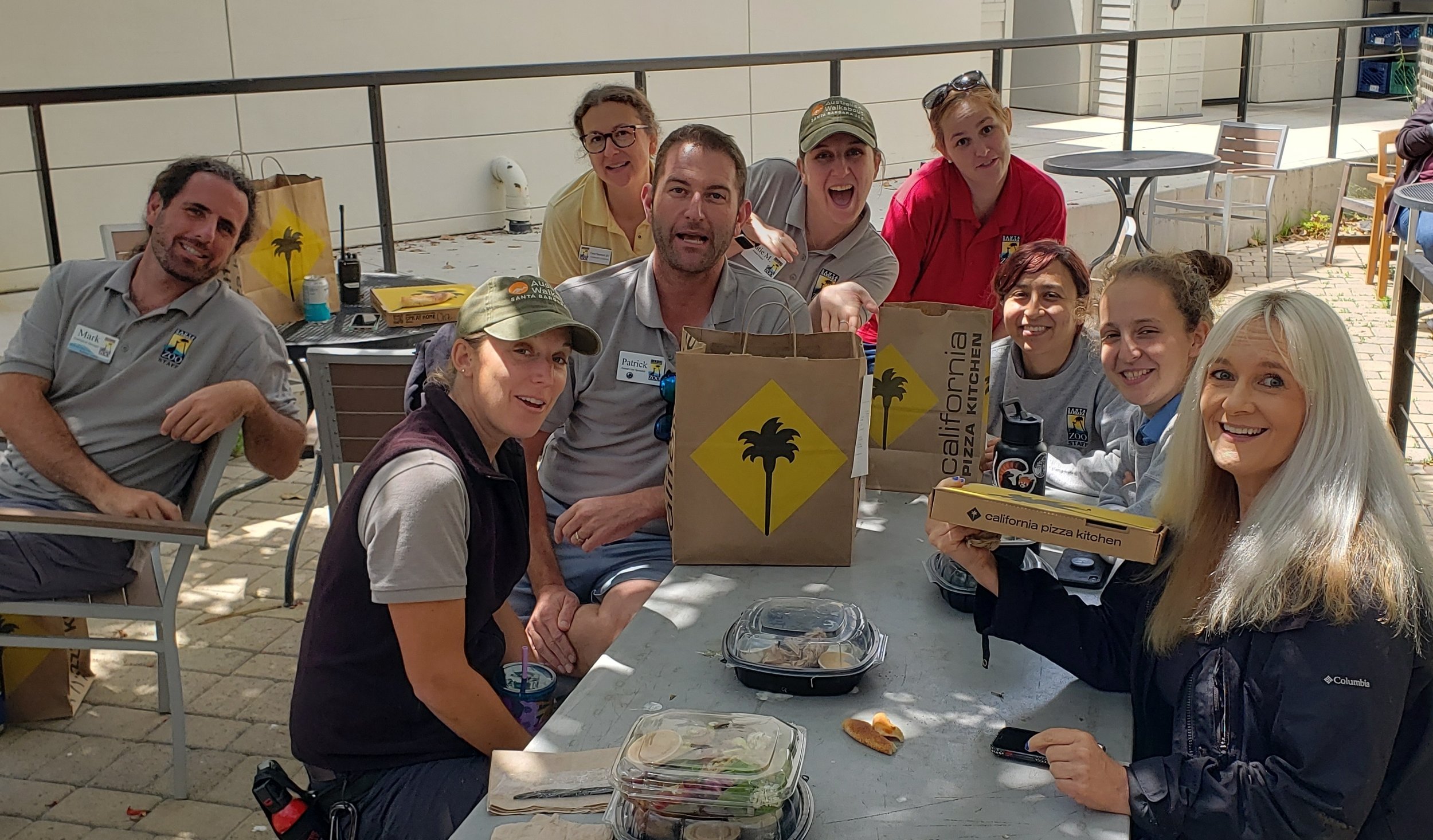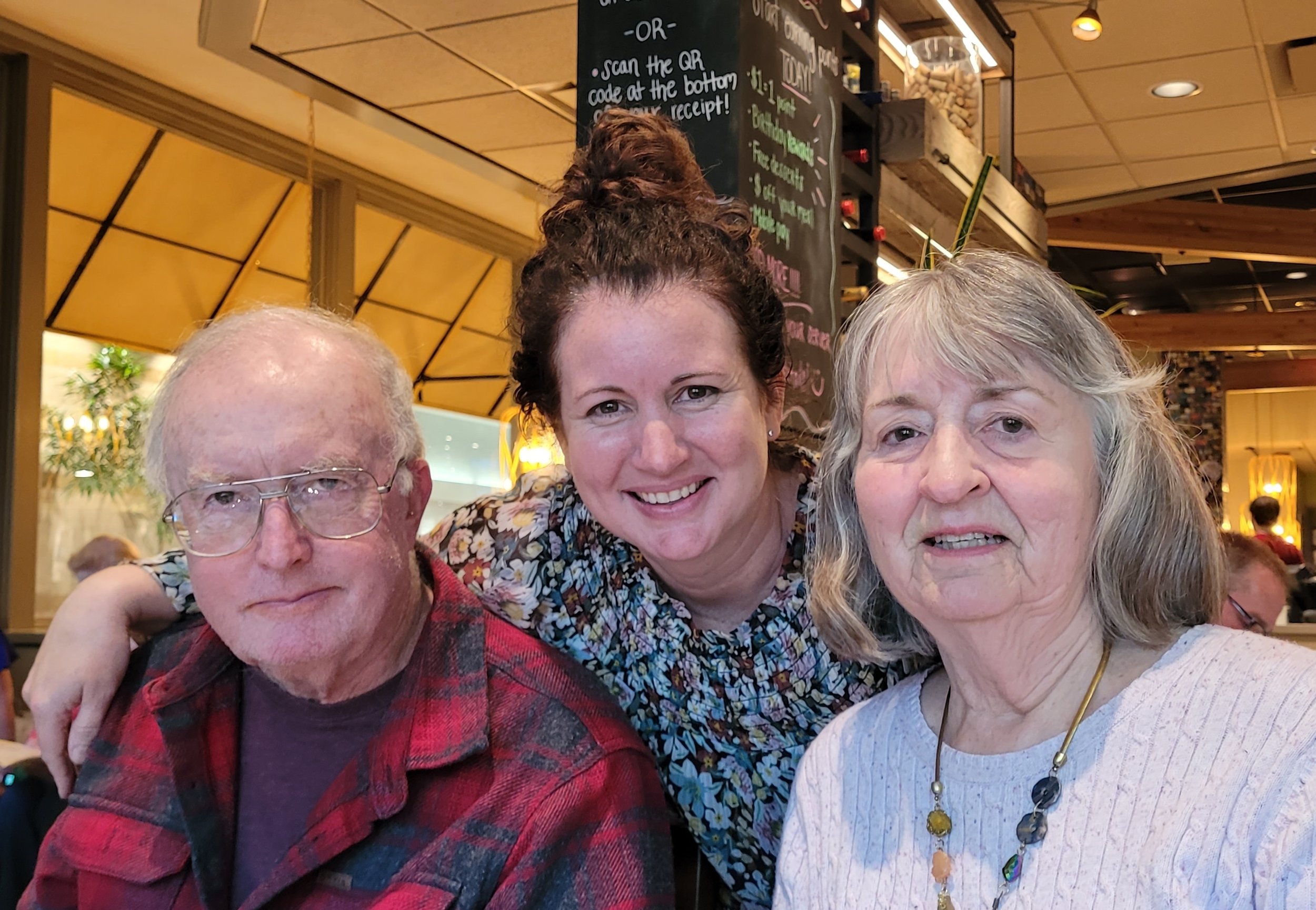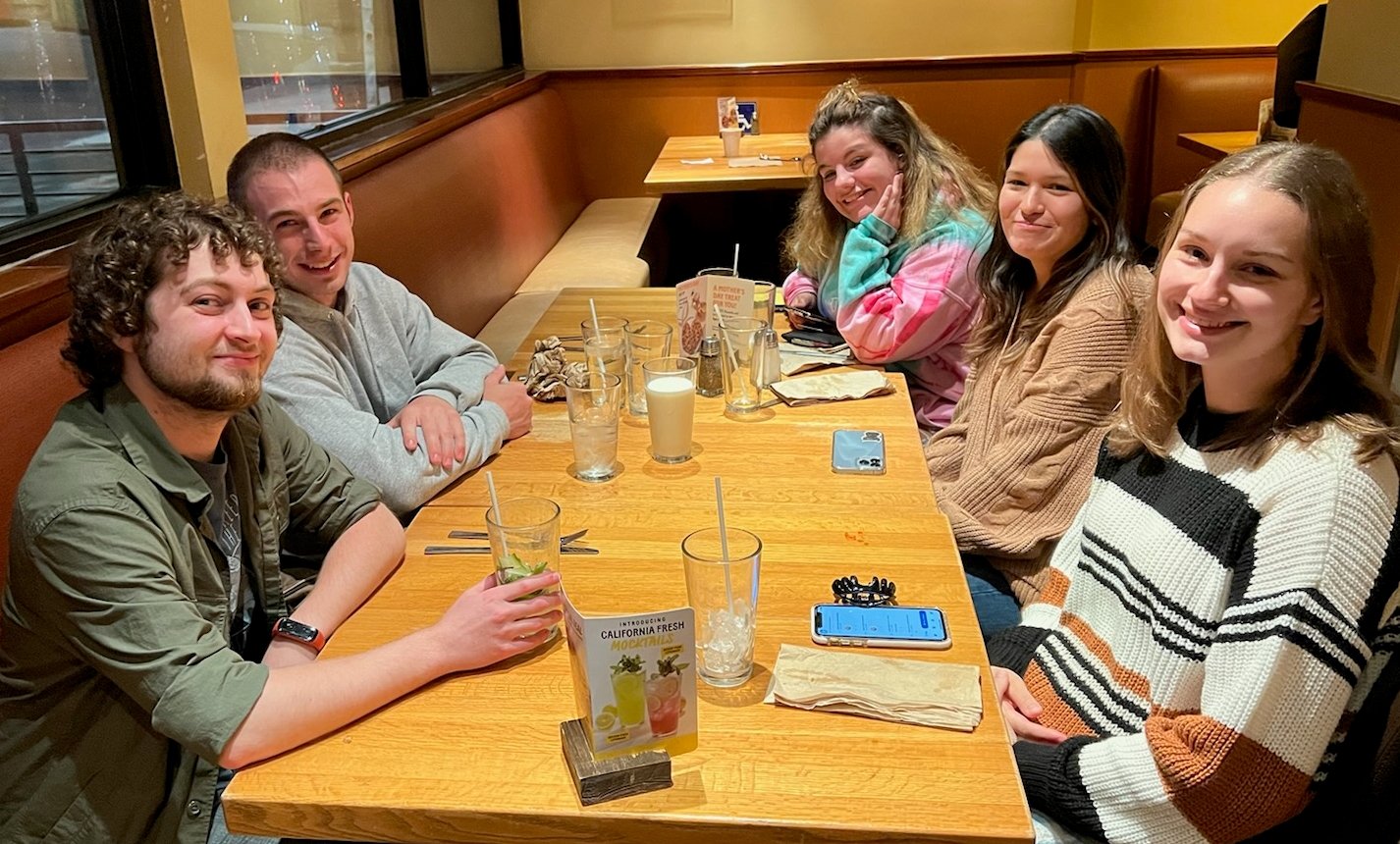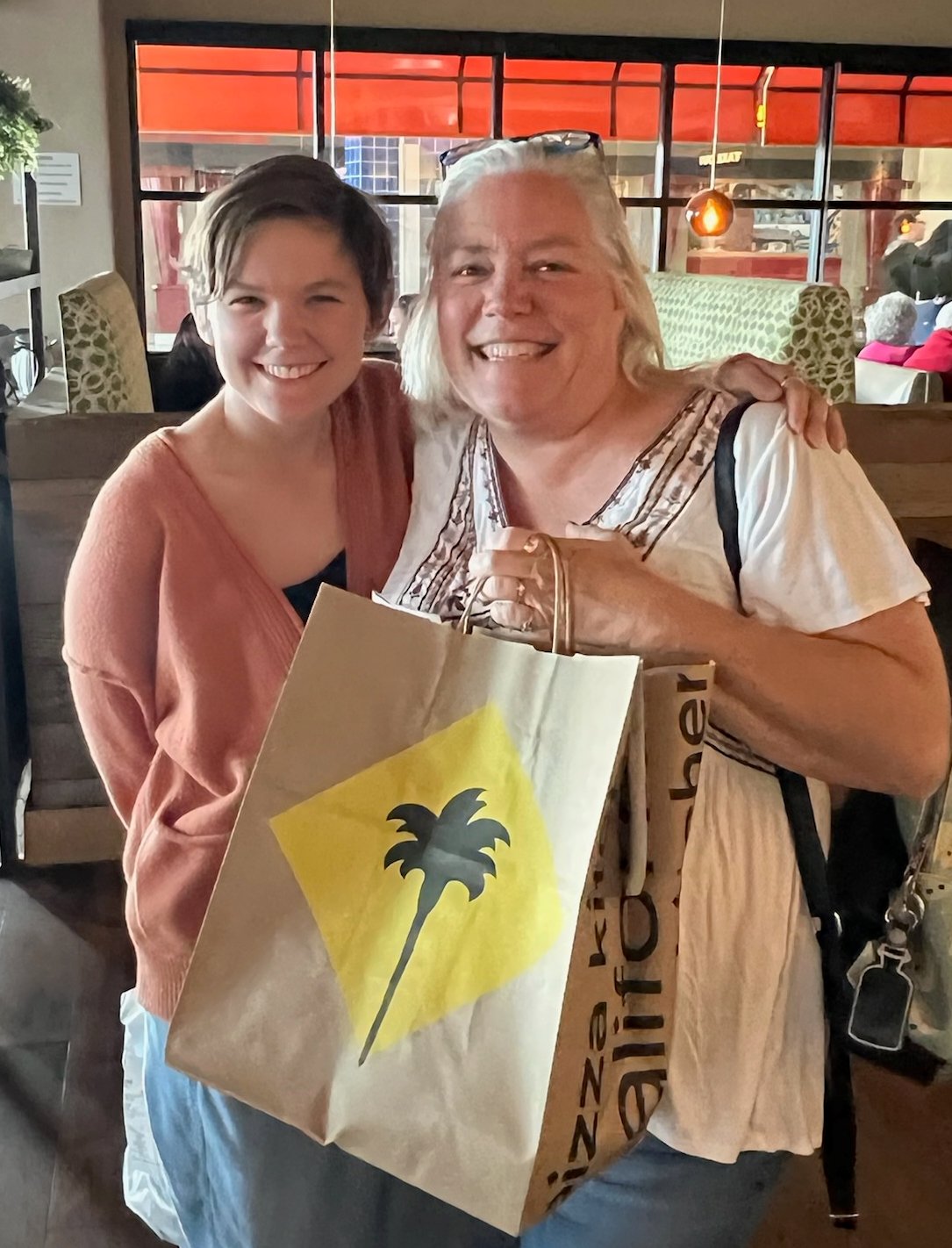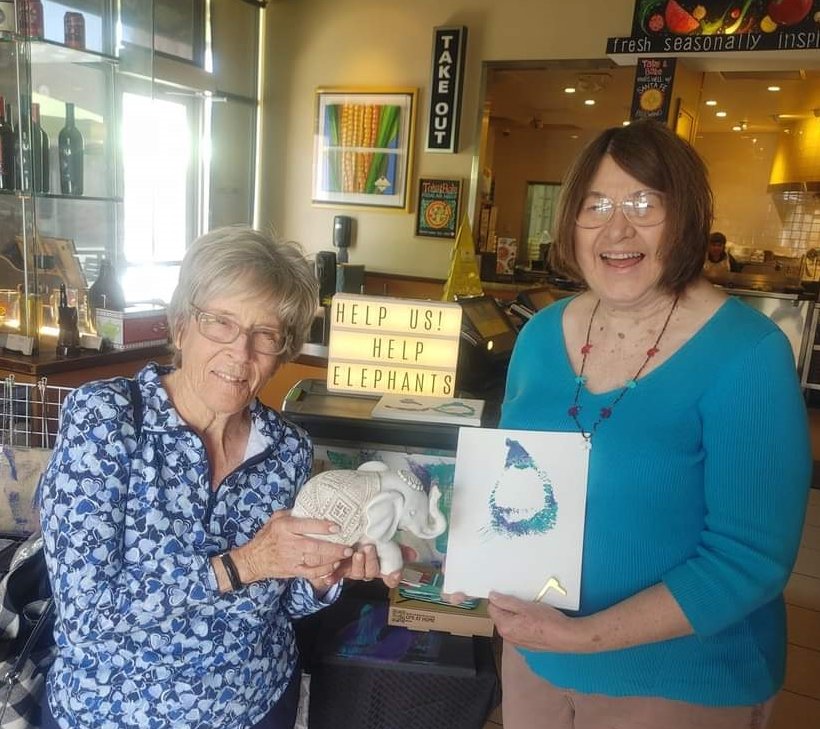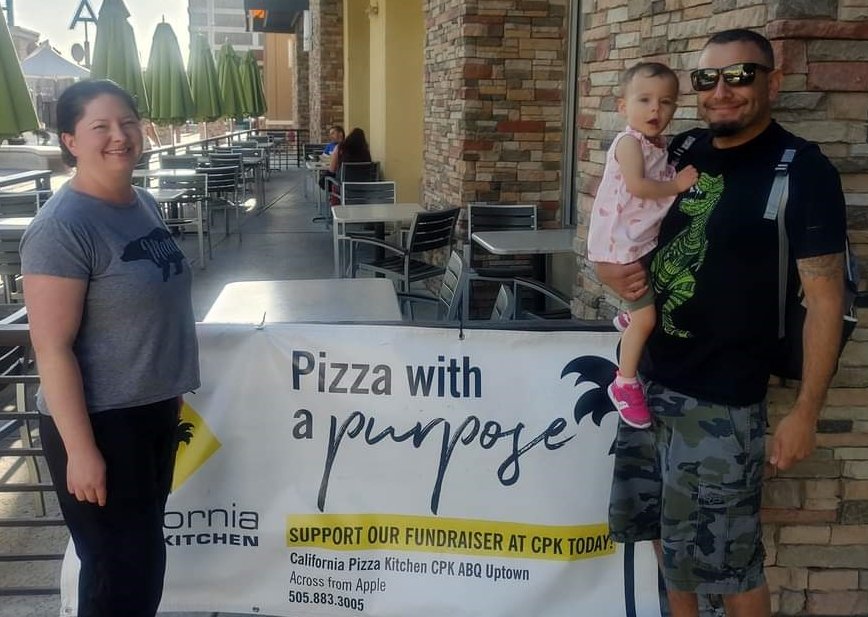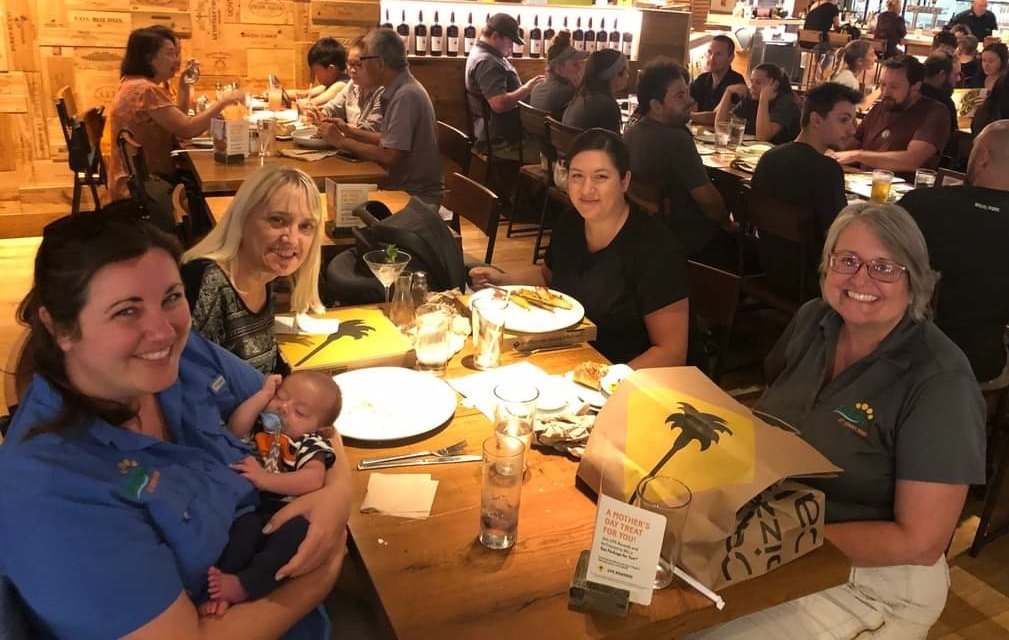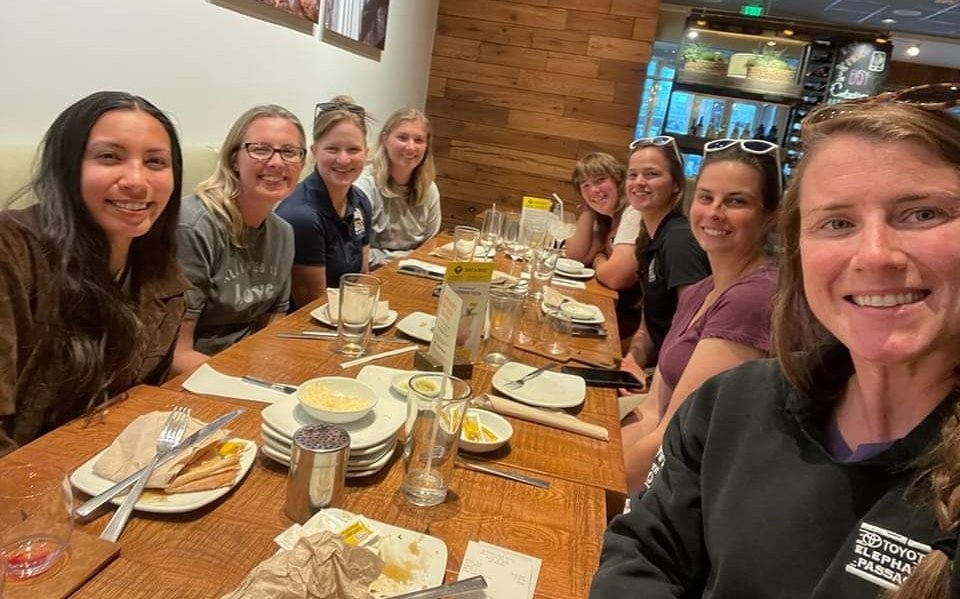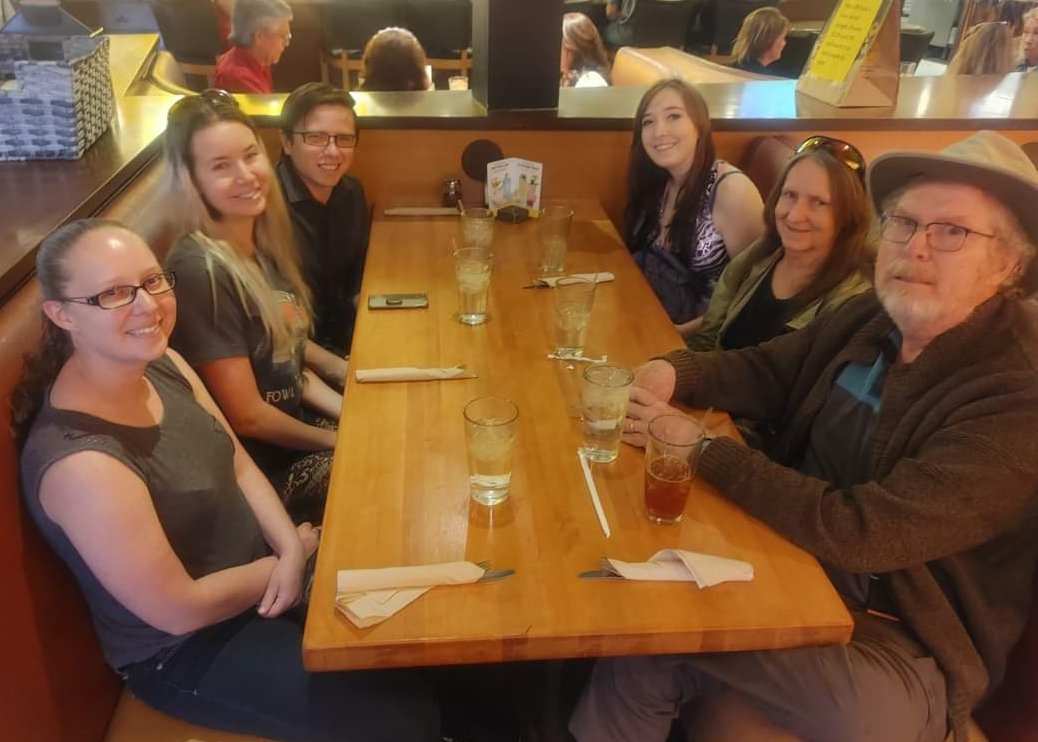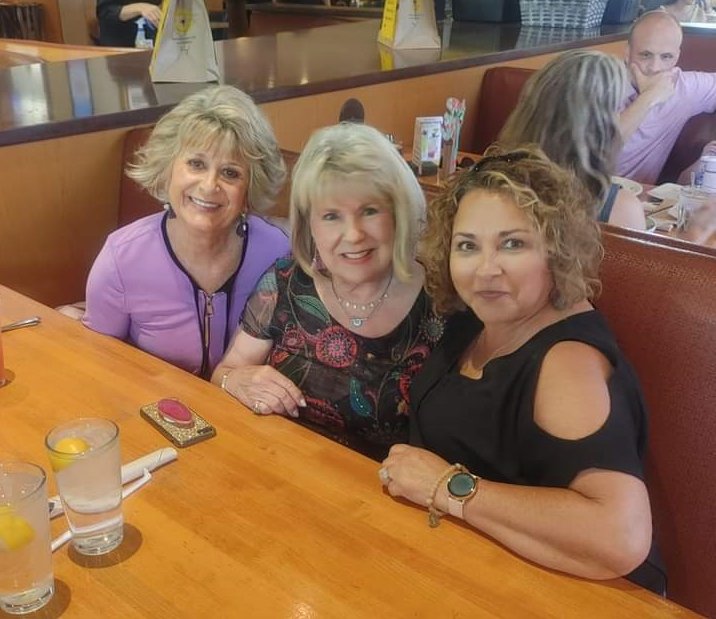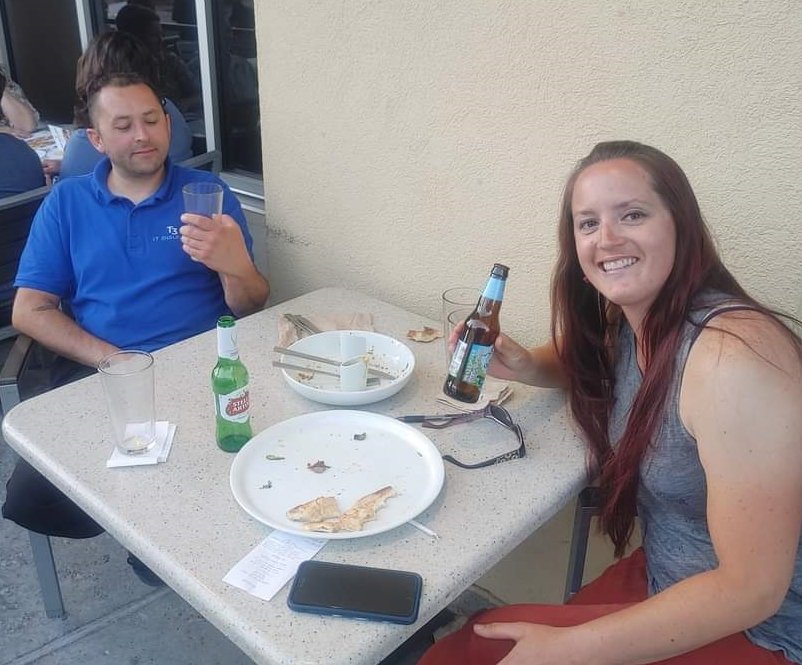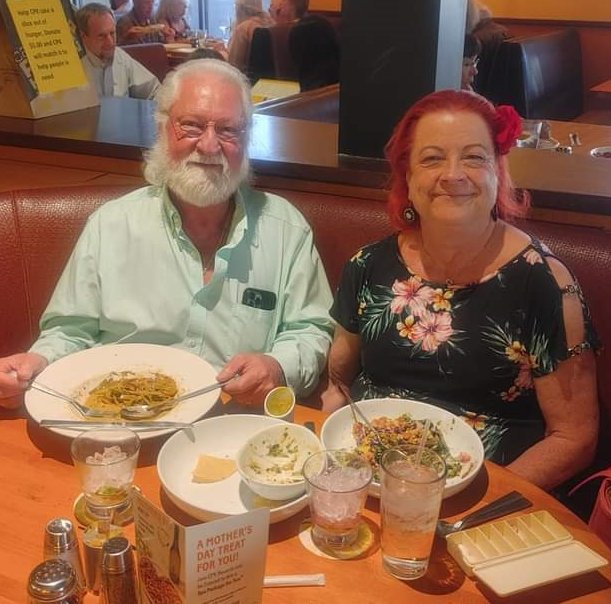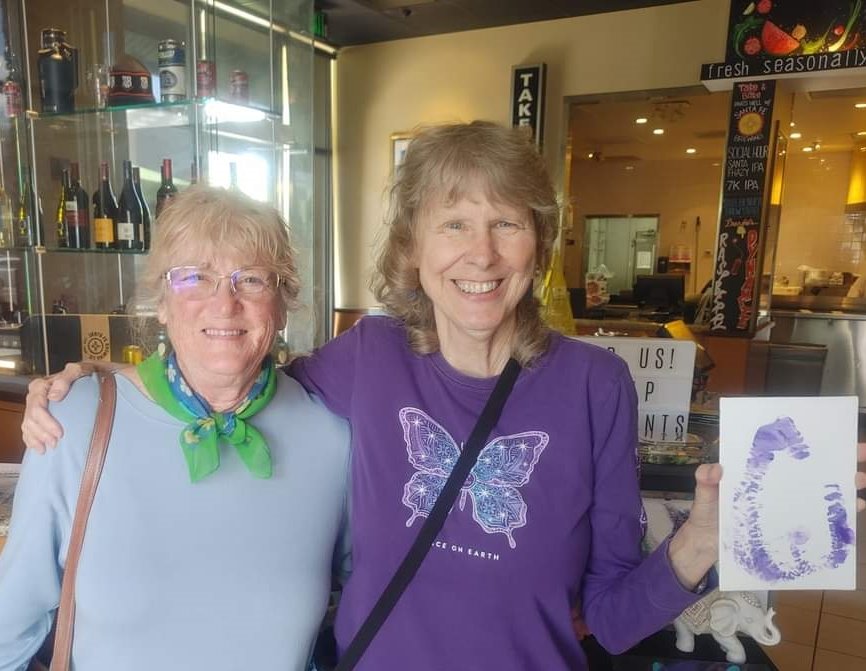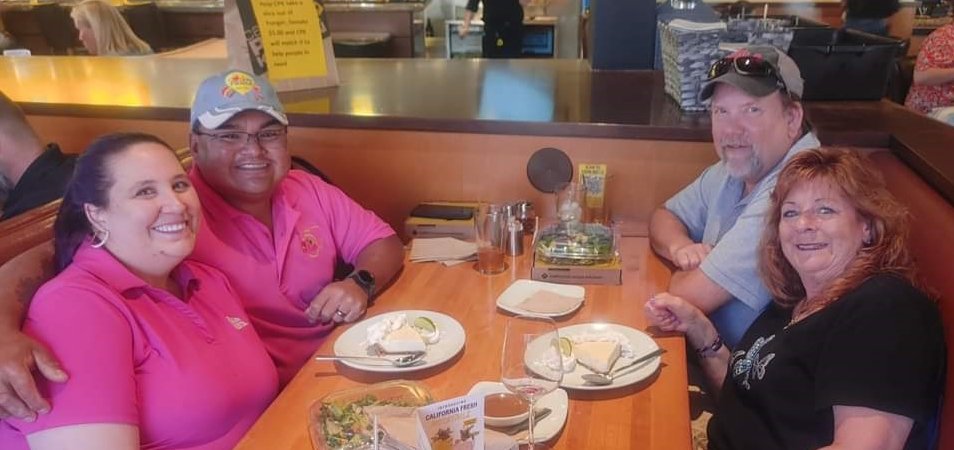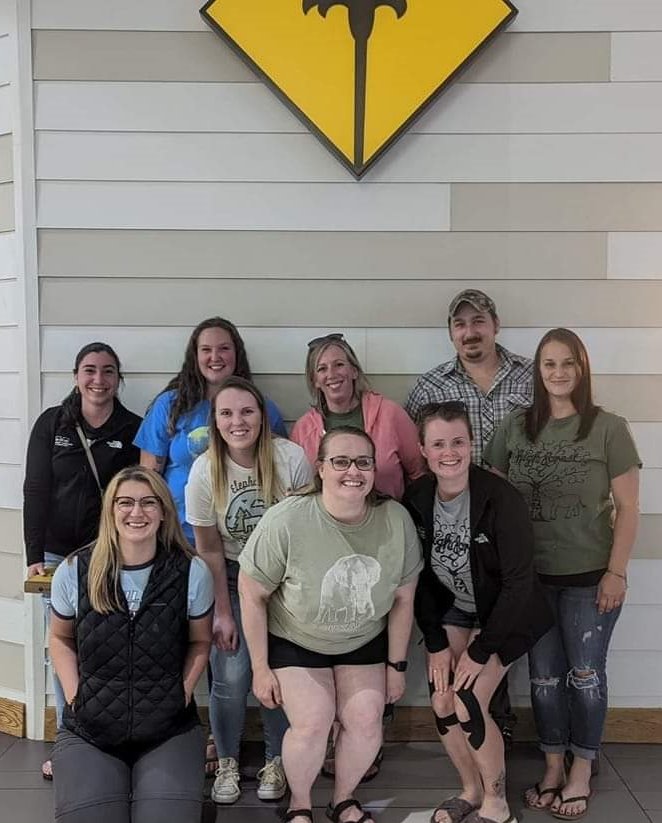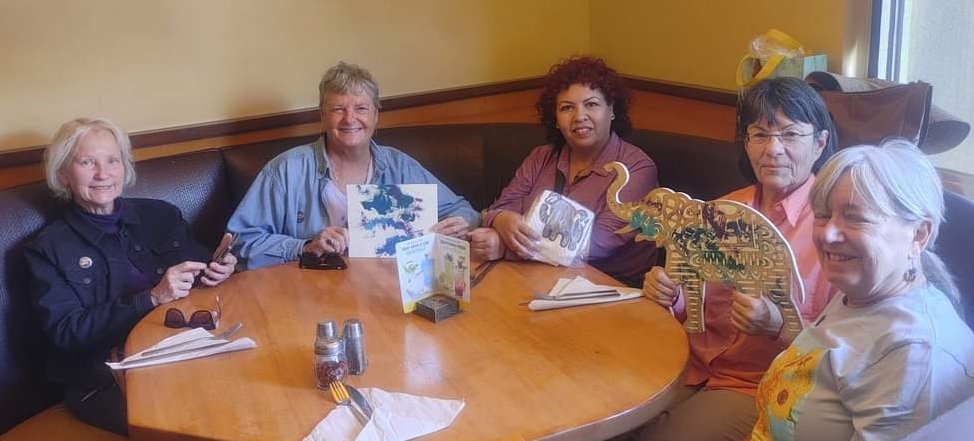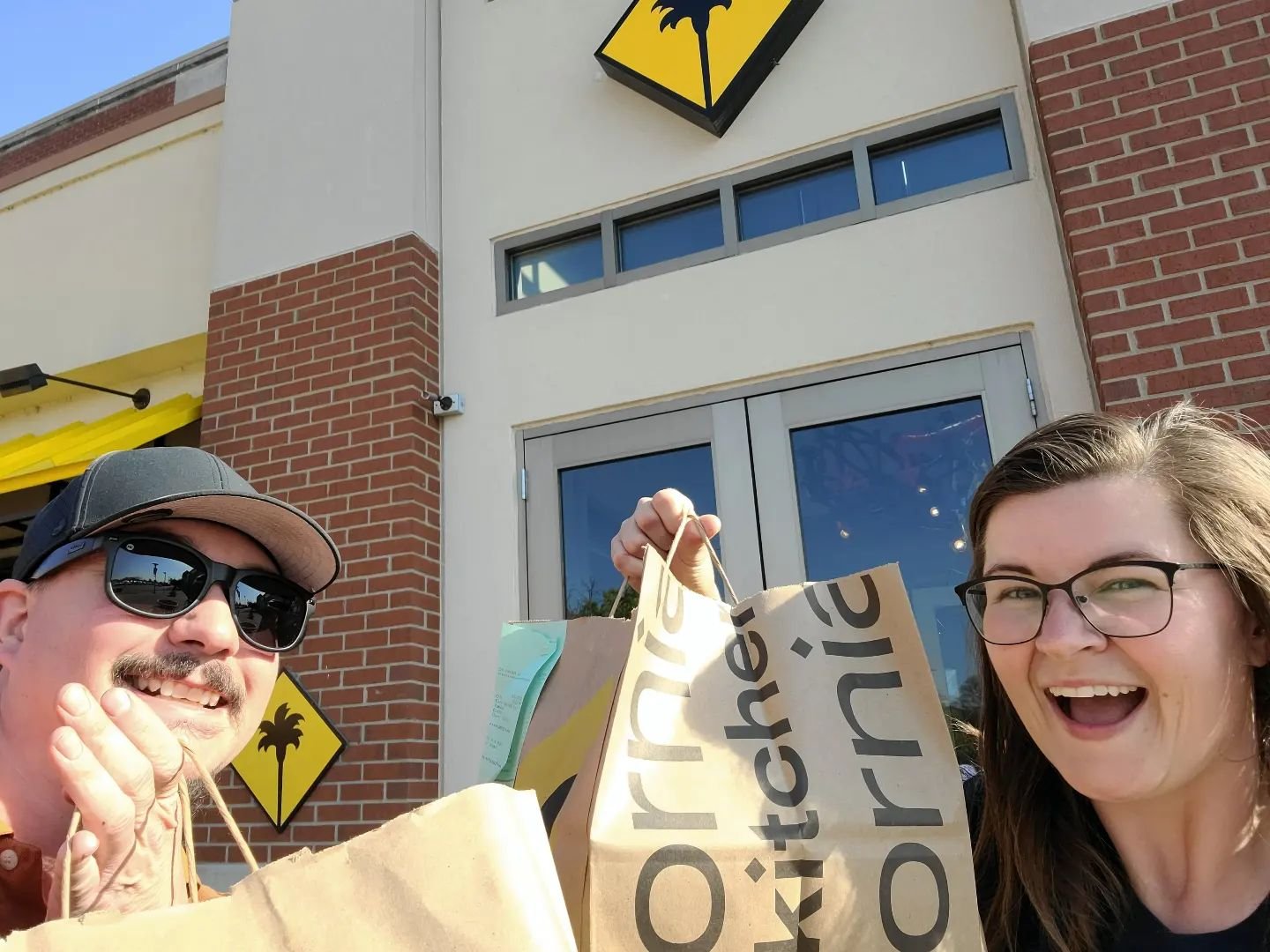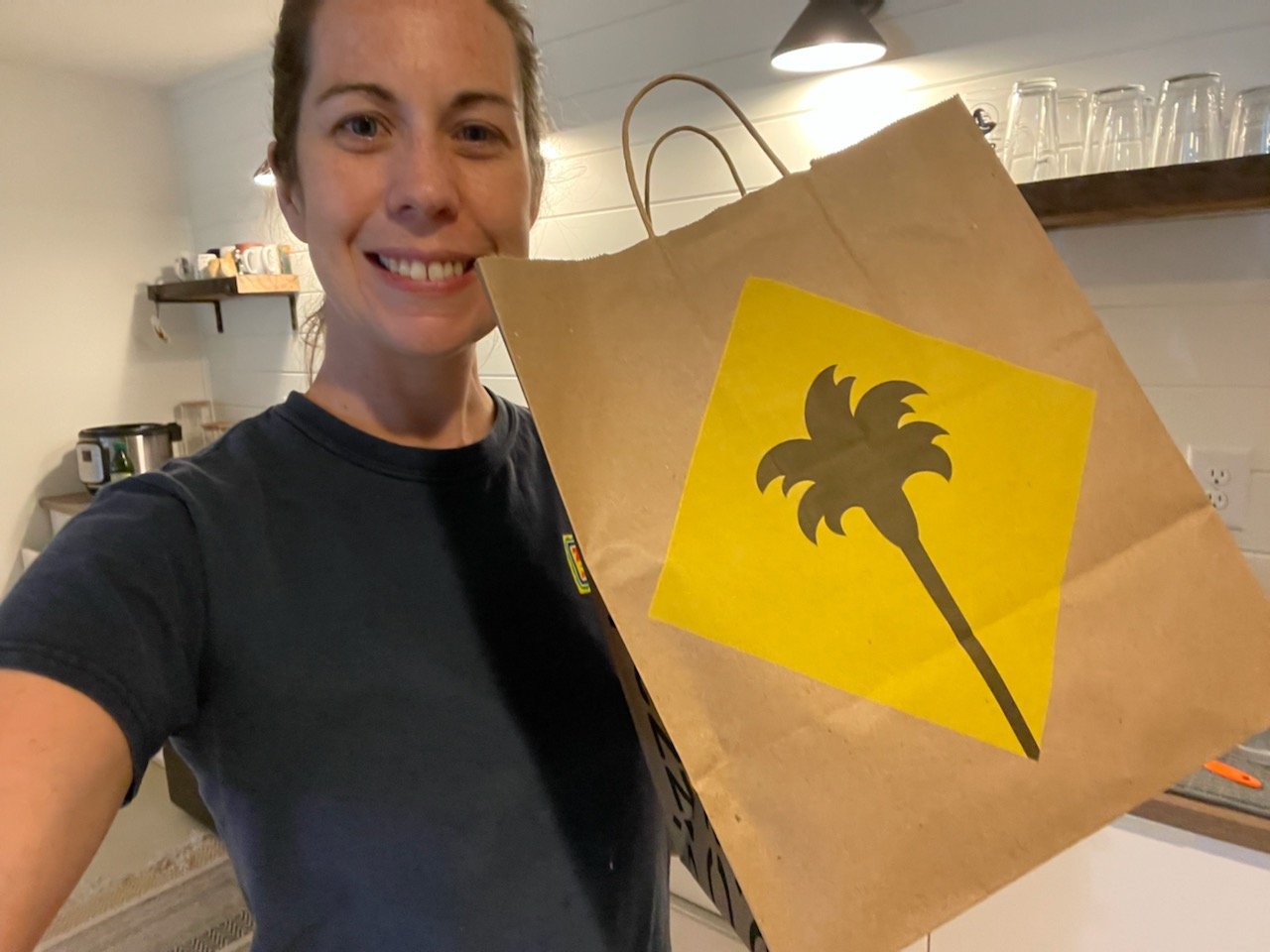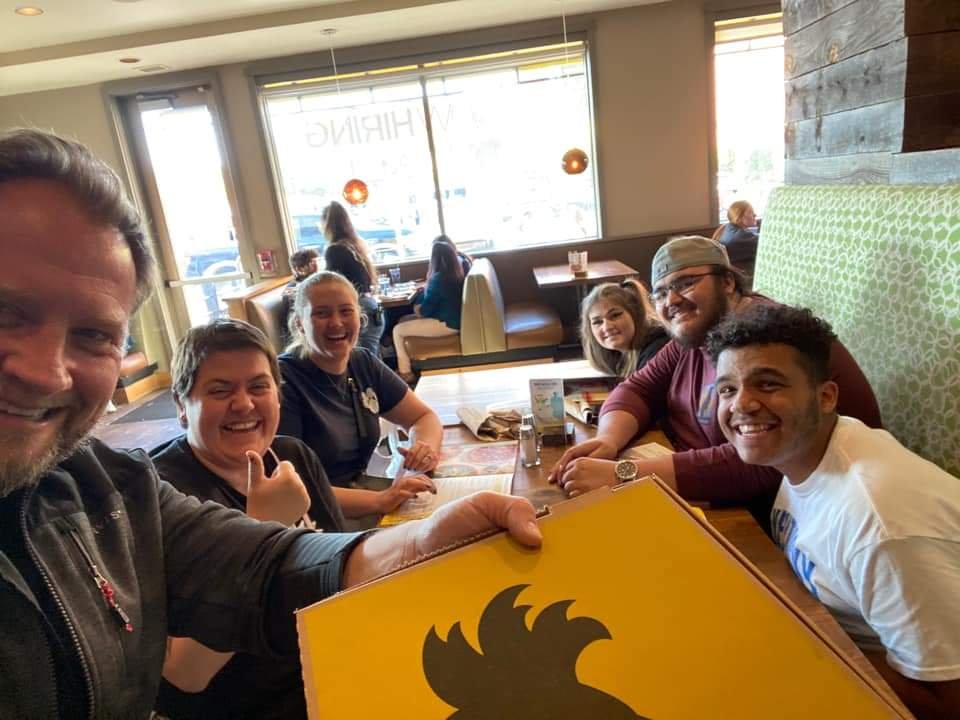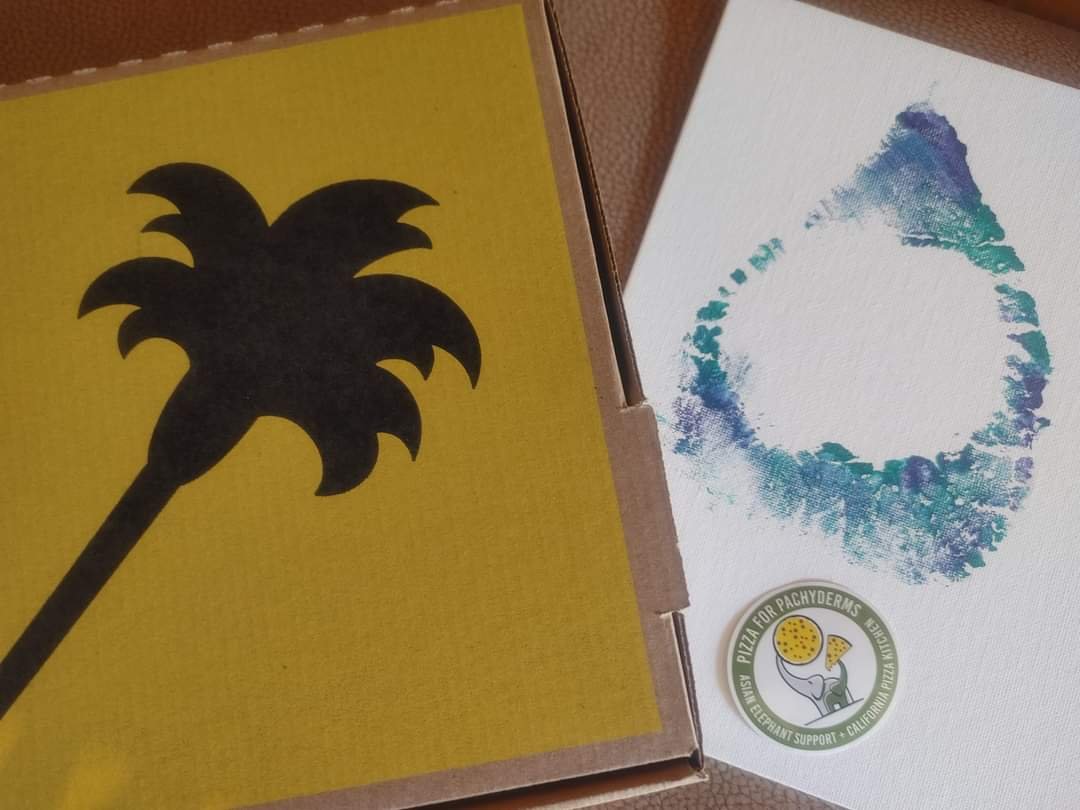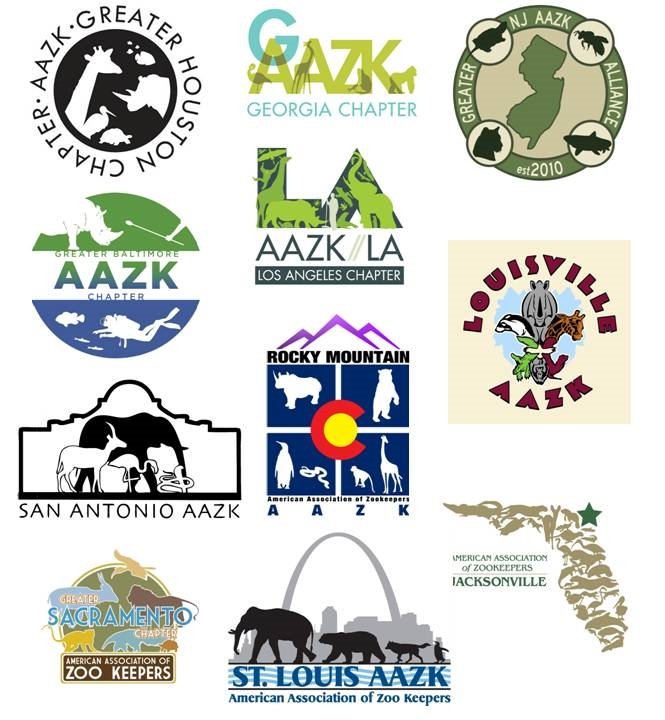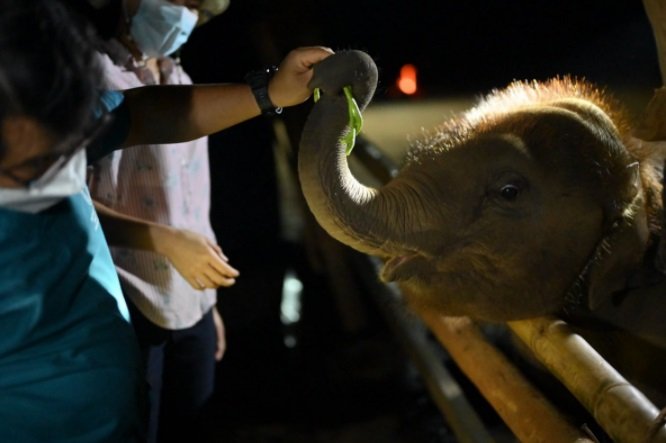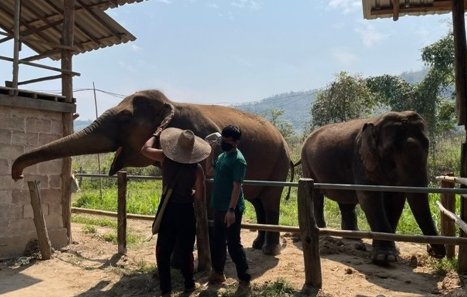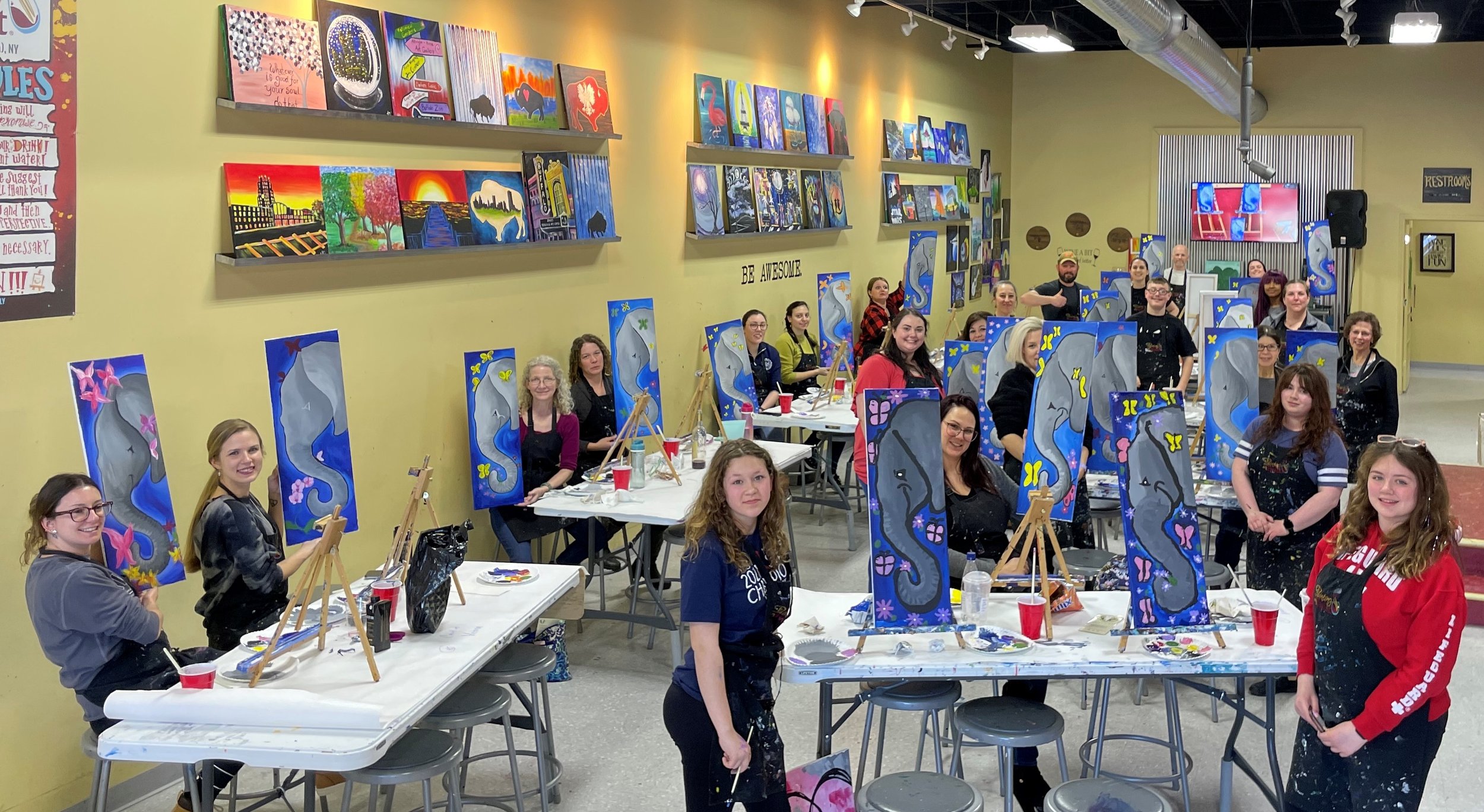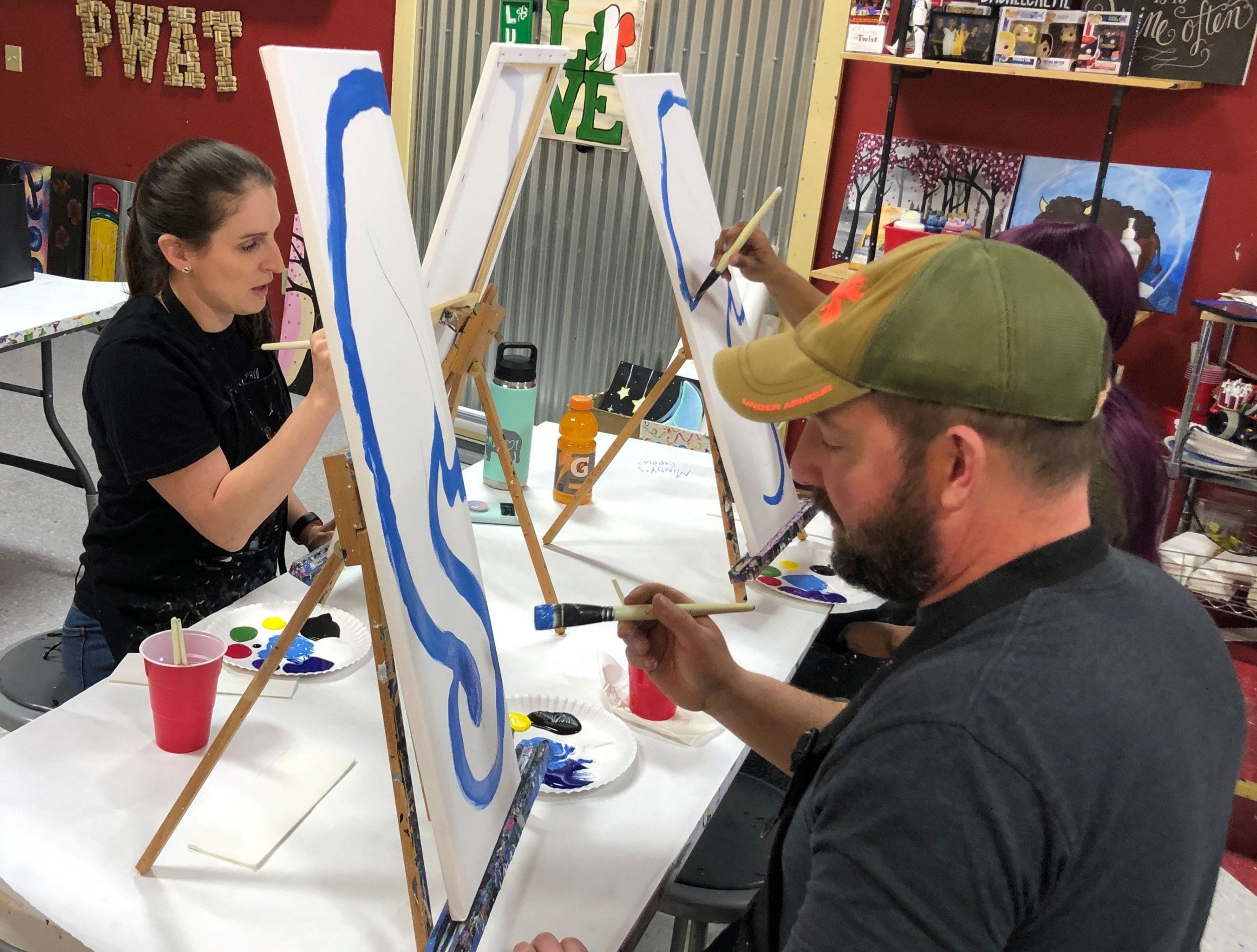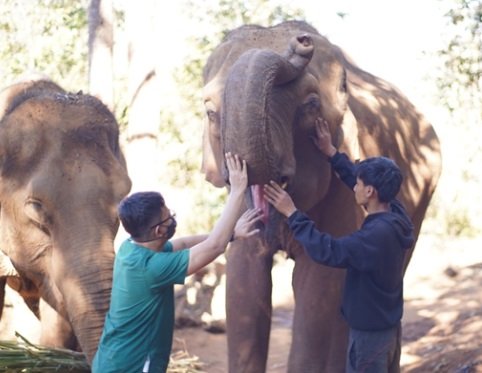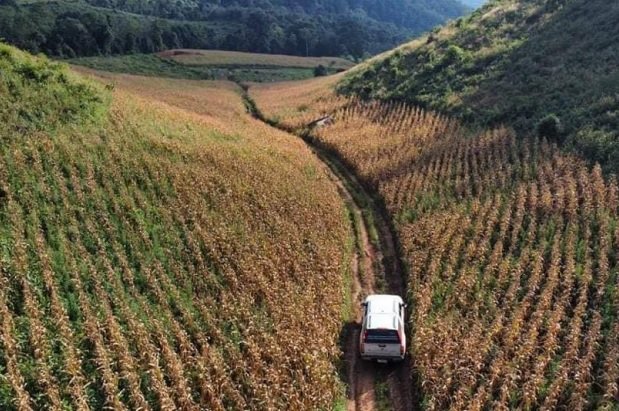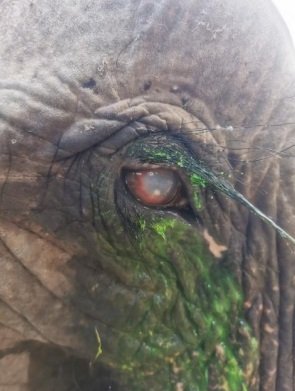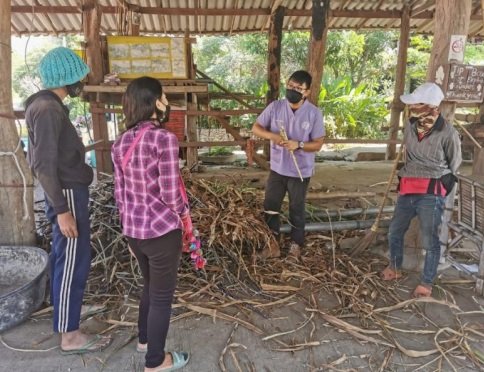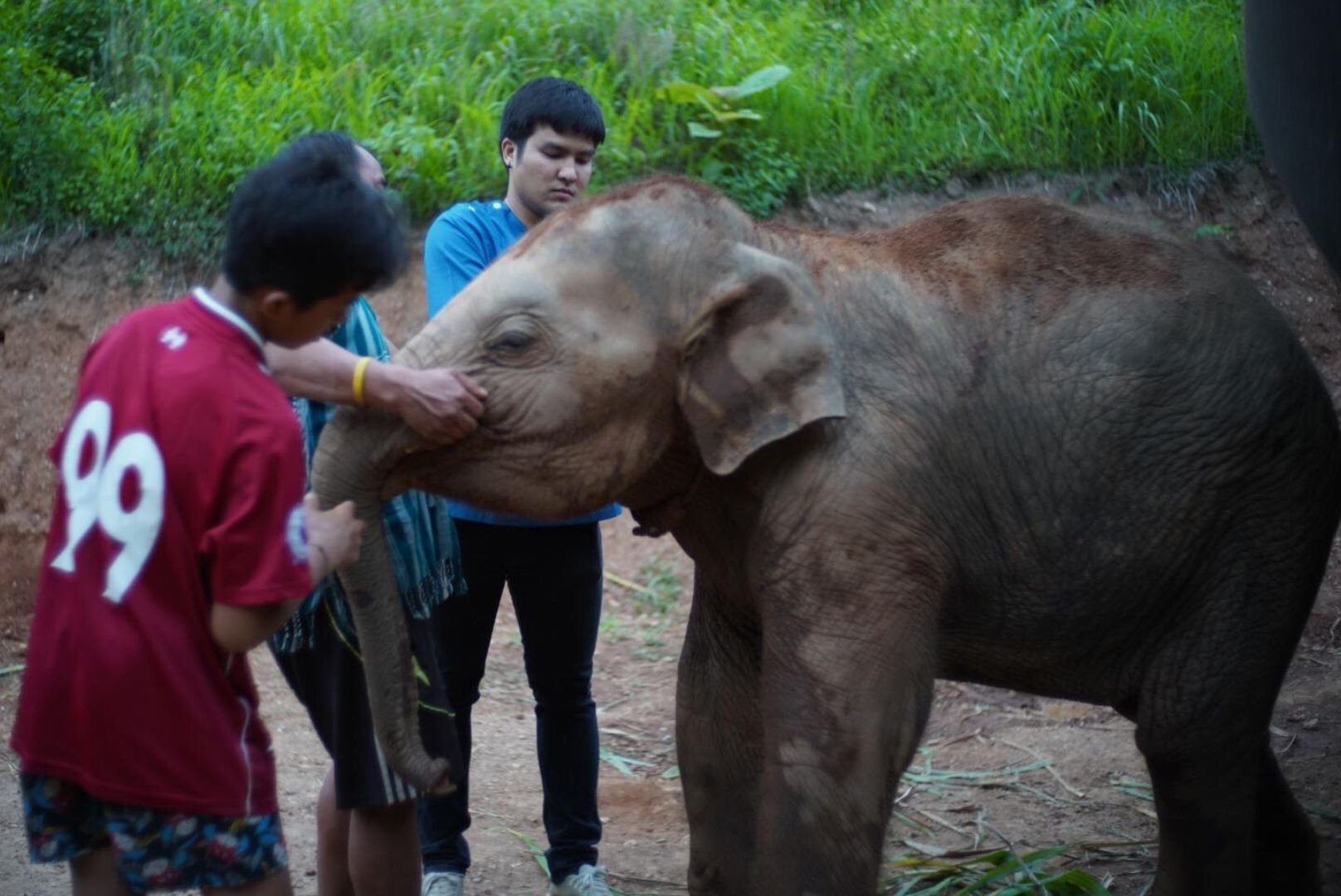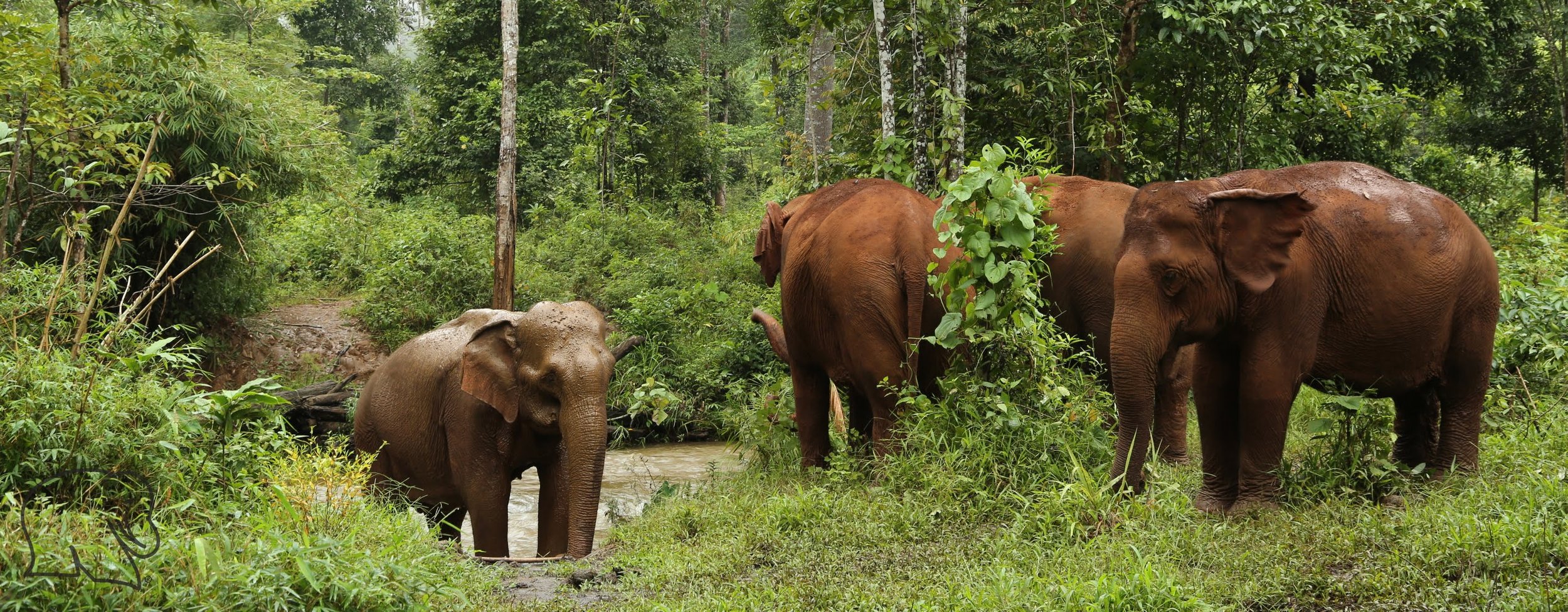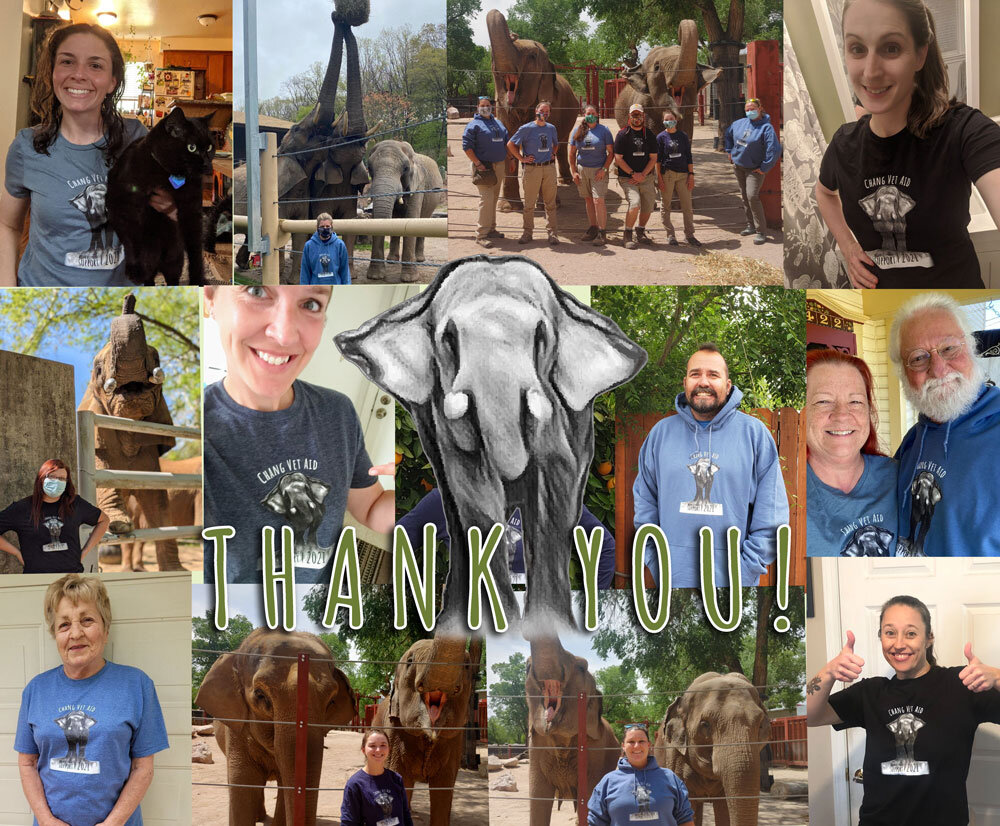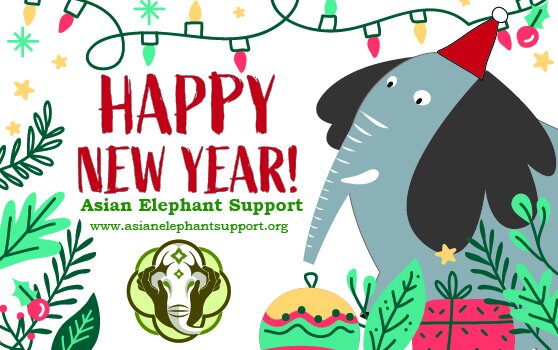In late 2021, Asian Elephant Support received a request to support the building of a solar-powered, electric fence to assist the local communities in the area of the Bandipur Tiger Reserve in India. Projects like this help to reduce the incidence of Human-Wildlife Conflict.
Work on the fence began in May and was expected to be complete by June, ahead of the coming monsoon season. We are proud to support efforts that protect both elephants and community members to ensure healthy coexistence.
You can be a part of creating Human-Elephant Coexistence! Donate today by going to www.asianelephantsupport.org/donate and support new and ongoing work to help care for and conserve elephants in Asia.
Repairs to Myanmar Elephant Hospital Now Complete
In August 2020 we received an emergency request from the Elephant Hospital camp in Myanmar, a partner we have been supporting for several years. Due to heavy rains, a flash flood hit the camp one night and caused a lot of damage, in particular to the veterinary camp equipment and to the solar power system for the camp. Luckily no elephants or staff were injured.
We provided funds to repair the electrical system but right about that time the country went into lockdown due to Covid-19 and it was no longer possible for technical support staff to travel to the camp and repair the equipment.
Now we can share some good news. After one and a half years, the solar power has recently been completely fixed and the camp once again has power.
Additional precautions were taken in the event of future floods. Batteries and other solar power equipment were moved to the roof area, out of reach from water and curious elephants, alike.
THANK YOU to the camp staff who worked very hard to clean up and install new equipment and to our field partner Life in Oozie Village Ecohut for their assistance in purchasing new batteries and converters and for arranging technical support to travel to the camp and repair the system!
Chiang Mai University's Mobile Vet Clinic - June 2022 Update
Dr. Siripat Khammesri and patient
Our update this month begins with some congratulatory news. Our friend and CMU Mobile Vet Clinic Veterinarian, Dr. Siripat Khammesri, will be stepping aside from his duties with the Mobile Vet Clinic. After joining the Team in late 2020, he has decided to continue his PhD studies, increasing his knowledge to further help elephants and other animals. We want to thank Dr. Siripat for providing his expertise as well as his time and commitment to the health and conservation of Thailand’s elephants while with the Mobile Vet Clinic. He will no doubt still be a crucial resource for elephants and AES into the future.
Say hello to Dr. Pichamon Ueangpaibool, otherwise known as Dr. Eye.
To fill those large shoes will be Dr. Pichamon Ueangpaibool, otherwise known as Dr. Eye. She is a graduate of the School of Veterinary Medicine at Chiang Mai University, and first gained her love for elephants during her second year of study when she participated in the “Elephant Salt Lick Camp'' project.
This project created a salt lick for wild elephants, and also created educational opportunities for students to learn elephant anatomy, behavior, the role elephants play in their environment, and how elephants interact with humans. She was intrigued by elephants at this point and has been dedicated to learning more about them ever since. She has also completed an internship with the Thai Elephant Conservation Center (TECC) in Lampang, furthering her drive to become an elephant veterinarian. We welcome Dr. Eye and are excited to continue our partnership with her and the CMU Mobile Vet Clinic to help Thailand’s elephants.
As Dr. Siripat’s last month with the Mobile Vet Clinic came to a close in June, he and the team were able to travel to some remote areas of Thailand: Omkoi, Mai Chaem-Khun Yuam, and Chiang Rai. In all three locations, the team was conducting elephant health checks, sometimes on more than 30 elephants, as in Omkoi. Some elephants in the Mai Chaem-Khun Yuam region have gone back to work since tourism is picking back up, and some have stayed in the villages. These visits were not only special for the CMU veterinary team, to see the elephants in good condition and growing, but the elephant owners showed their way of life, the bonds they have with the animals, and the unity of elephants. The veterinarians were also able to leave some medicines, vitamins, treatments and other medical supplies for the owners to use when needed.
The Mobile Vet Clinic spent a lot of June in the Mae Wang district making house calls to elephants with various maladies such as gastrointestinal issues, foot wounds and abscesses. Two cases in particular were follow-up cases from the month before. First, there is an older female elephant, “Grandma”, who was sent to the Elephant Hospital last month with two abscesses on her front legs that need to be expressed and cleaned out regularly. They found that the abscesses are healing well thanks to the owner’s consistent cleaning. Second is an elephant who had a nail penetrating the pad of her foot last month. Upon examination this month, the wound is healing and the elephant is walking normally.
The work being done by the team with the Chiang Mai University’s Mobile Vet Clinic takes dedication and commitment. We are thrilled to have Dr. Eye joining the team. To show your support to Dr. Eye, and your encouragement for Dr. Siripat, please head to www.asianelephantsupport.org and make a donation!
AES Board News - Welcome Lindsey Eagan
June has already been an exciting month, for the AES Board. First, we were pleased to welcome, Lindsey Eagan, as our newest Board Director as of June 3rd!
Lindsey has a background in animal care and training and has been working with Asian elephants at the ABQ BioPark Zoo in Albuquerque, New Mexico for almost 16 years. She has been a supporter of AES for years and an integral part in the massive success of our annual Pizza for Pachyderms event, consistently being amongst the top-earning hosts for this fundraiser.
When asked why she decided to accept the nomination to join the AES Board, Lindsey said “After being introduced to Asian Elephant Support, it was clear that there was a whole new avenue of education and conservation I could explore and contribute to even from my hometown…I truly appreciate that AES is need driven and contributes to the needs of each specific population of elephants and their surrounding communities, not just giving for very narrow types of Asian elephant issues.”
Her experience in the care and conservation of Asian elephants as well as her drive to help educate the public about the need to help this species are just the start of the reasons we are excited to have her join the team. With her energy and enthusiasm, Lindsey has jumped right in; joining us for our most recent Annual Board Meeting, where we focused on planning and long-term strategies to support elephants and the communities that care for and coexist with them.
Welcome to Asian Elephant Support, Lindsey. We are so very happy to have your dedication and expertise at the table and look forward to all of your continued contributions to the AES mission!
Then, with our newest Director onboard, the now five-member Board of Asian Elephant Support met during the first weekend of June for our customary, two-day-long Annual Meeting in which we work to renew our focus and commitment to the care and conservation of Asian elephants.
While a whole slew of issues developed at the last minute that made it impossible for us to meet in-person in Albuquerque, New Mexico as had been planned, we still managed to be incredibly productive. With Directors literally in every time zone from East to West coast, the team was able to meet via Zoom and share ideas, plans and some good laughs occasionally as well.
As the Board begins to put plans into practice, we are excited to share with supporters new projects that YOU have helped to fund with your generosity. We are also eager to share with you new opportunities to help us raise funds for ongoing work with partners in Asia. We hope you’ll stay tuned as we roll these plans out and continue to support the mission of AES – to care for and conserve Asian elephants!
Emergency Aid Sent to Myanmar
Recently, we received an emergency request for support from our field partner, Life in Oozie Village Ecohut, in Myanmar.
The Elephant Hospital camp there, welcomed the birth of a baby elephant this Spring, but unfortunately her mother is not able to produce milk. The staff paired the new mother and baby with another female elephant who has a slightly older calf.The “bonus” mother elephant allows the new calf to nurse from her, but her own calf has to be closely watched. The new calf is being given supplemental feedings and we were able to provide emergency funds to purchase the formula.
We are so grateful for the efforts of the Elephant Hospital camp staff who work tirelessly to provide care for endangered elephants in Myanmar. Stay tuned next month for an update on the rebuild of the Elephant Hospital following devastating floods in 2020 that you also helped to support!Since Asian Elephant Support is a small non-profit, we can quickly respond to emergency requests such as this one. But we still need your support with donations. Consider becoming a Monthly Donor today so we can send life-saving funds whenever and wherever needed.
Chiang Mai University's Mobile Vet Clinic - april & may 2022 Update
This AES newsletter contains not one, but two months of updates from the reports provided to us by Dr. Siripat of the Chiang Mai University Mobile Vet Clinic. We hope you enjoy and appreciate all the hard work being done for elephants!
The month of April for the CMU Team was, again, quite busy providing health care to Thailand’s elephants. On April 8, the Mobile Vet Clinic visited a camp in Mae Wang district to do a hormone check on an elephant to determine if she was ready for breeding. At the same time, they were also asked to check another elephant’s eye, which had been quite teary. Upon examination, the elephant’s eye most likely was affected by the wind and dust that had been blowing during the elephant’s transport earlier that day. There was a corneal ulcer, so the Team supplied eye medicine for the owners to use to help the eye heal.
Also in the Mae Wang district, the CMU Team worked together with the Thai Elephant Alliance Association (TEAA) to control a bull in musth who had wandered into a tourist area.
You may remember that the two teams successfully worked together in a similar situation in March. After five hours of work, the teams safely anesthetized and controlled the bull. No humans or elephants were injured in this instance, thankfully.
However in April, the CMU Team, in collaboration with the Thai Elephant Conservation Center (TECC) was still caring for an elephant who had been previously injured by the musth bull we reported on last month. On April 22, the Mobile Vet Clinic headed to the TECC Elephant Hospital to change a cast on the female elephant with the broken femur in her front left leg. She had been wearing the cast for almost a month and the veterinary teams performed general anesthesia in order to completely change the cast, which runs all the way up to the elephant’s armpit. After wearing the cast for a month, it had become dirty and damp. The splint that was also placed inside the previous cast had created minor abrasions. Those abrasions were treated and a new clean cast was put on.
On April 24, the CMU Team traveled to the Mae Rim district where there was a report of a suspected snake bite. There had been King cobra sightings in the area recently. The owner decided to keep the elephant at the camp, after being advised to take the elephant to the elephant hospital immediately, since snake bites can be deadly. After examination however, the elephant looked healthy, and all the vital signs were in normal range.
April 28 saw the Mobile Vet Clinic heading to Mae Tang to treat one elephant with an eye issue and another elephant suffering from arthritis. After examining the elephant with frothy tears coming from her eye, it was determined that there was a wound on the lens of her eye, and the cornea was a little cloudy. The Team took the opportunity to teach the mahout how to clean her eyes and administer the eye medication. They also gave the elephant some anti-inflammatory medications. Then a mahout reported that he had an elephant suffering from arthritis. She seemed weak in both hind legs and she hadn’t laid down in a week.
The CMU Team was quite worried about this elephant, in case she fell over and couldn’t get up. The team observed how the elephant walked, did some exercising and used thermal imaging to get a better understanding of the elephant’s condition. There was inflammation found in both hind legs, especially the right hind leg. The doctor administered some anti-inflammatory medications and some leg massage oil. They also educated the mahout on taking care of aging elephants by supplementing calcium rich foods and making sure they have adequate bedding.
May also saw the Veterinary Team from CMU Mobile Vet Clinic managing a wide-variety of cases, participating in caring for elephants with a number of other organizations as well as working towards a better understanding of elephant disease.
Along with staff from the TECC, the Team from Chiang Mai University participated in a workshop focused on “Respiratory Disease Surveillance in Elephants”. In addition to lectures, the workshop included hands-on experiences, working with elephants at the TECC Elephant Hospital.
The CMU Team also worked alongside the TEAAagain when the Chiang Mai Department of Livestock Defense (DLD) requested assistance in performing health checks for elephants and distributing supplies to mahouts and caretakers in the province.
As the rainy season begins in Thailand, extra precautions need to be taken to prevent illness in elephants, especially younger ones. So the Mobile Vet Clinic went to the Mae Wang area to conduct general health exams and provide vitamin C to help support immune systems as well as provide advice to mahouts regarding proper management and being aware of potential health issues.
Additional cases during the month of May included treating an elephant with colic, or gastrointestinal distress, with fluids and an enema as well as responding to an emergency call where an elephant was bleeding profusely. With the help of the TEAA the CMU Team transported an elderly elephant who was experiencing severe pain in a hind limb to the TECC Elephant Hospitaland treated another elephant that had been bitten on her abdomen by insects and was suffering an allergic reaction.
Elephant with colic provided fluids and an enema to help pass rough feces successfully
On May 21 a concerning report came in about a six-year-old calf that had fallen off a waterfall in the Mae Wang area. Once again the Team from the CMU Mobile Vet Clinic sprung into action and with the help of many people including other mahouts, rescue units, Livestock and other Officers from neighboring districts, they worked to save the calf.
The CMU Team with others from TEAA provided the initial care for the calf after moving it to safety. Ultimately the calf had to be relocated again to the Bodo Elephant Camp for further care and monitoring. We hope to provide an update on this little one in future newsletters.
Calf resting following care received after falling from a waterfall
Sadly, news came in at the very beginning of June that the elephant we have been following for the last two months who required her leg to be casted, passed away. She had been injured by a bull in musth that had been rampaging, uncontrolled, through a village and she was sent for further care at the TECC Elephant Hospital back in March. After truly heroic efforts on the part of all the Veterinary Teams involved in her care, she began to develop an infection at the original wound site and additional issues from bearing weight on her other limbs. We know so many invested an incredible amount of time and energy to try to save her and everyone had hoped for a better outcome. May she rest in peace and may our partners know how much we appreciate their efforts to save her.
As they continue their medical care to Thailand’s elephants in need, more often with great success and at times, despite all efforts, with devastating endings, you can continue to support the work of the CMU Mobile Vet Clinic by visiting our website and making a donation through Asian Elephant Support. The need for this Team does not stop and your contributions are critical to their ability to respond to all calls for assistance.
AES Supported Research Could Lead to New Approach to Conservation
Each month, the AES Board of Directors is tasked with discussing and approving worthy grant requests for conservation projects impacting elephants throughout the Asian continent. The recipients of our funding are always so eager to get started on their most important projects. For Chase LaDue, a PhD student at George Mason University and a Fulbright Scholar Researcher, and his research team of Rajnish Vandercone, Wendy Kiso and Elizabeth Freeman, that was no different. And while the global pandemic turned a planned 9-month research project into one spanning several years, they persevered.
Chase has been known to AES Board members since he was an undergraduate student at Canisius College in Buffalo, NY. Moving on to attend George Mason University and becoming a Fulbright scholar was no surprise. Back in 2018, Chase and his team of researchers applied for a grant from AES to support the 9 month long research study in Sri Lanka, in conjunction with Rajarata University. The findings, were recently published in the journal of Applied Animal Behaviour Science, titled Behavior characterization of musth in Asian elephants (Elephas maximus): Defining progressive stages of male sexual behavior in in-situ and ex-situ populations.
The purpose for this study was to get a comprehensive view of how musth behavior in bull Asian elephants affects their conservation management and breeding strategies. During the course of his study of Sri Lankan elephants, Chase followed, observed and identified 62 free ranging male elephants, while creating a comprehensive behavioral profile for each elephant. Researchers then compared his observations from the wild bulls to 26 zoo-managed male elephants. The research resulted in concluding that musth progresses in stages, in both zoo and wild male elephants, and these stages are visually and behaviorally apparent in the elephant. Additionally, musth is affected by social and environmental factors. These findings can be transferred to conservation strategies, more specifically with Human-Elephant Conflict solutions. If communities know more about male elephants in musth, they can better prepare for male elephant coexistence.
Although this study took a little longer than anticipated, it was absolutely worth the wait. AES is proud to support projects like this that have implications for various strategies for Asian elephant conservation. We wish Chase the best of luck as he presents this work for his PhD dissertation defense in the coming weeks.
To learn more about the study and read some of Chase’s blog entries from the early days of the study, click here.
Click here to read the full publication from the journal of Applied Animal Behaviour Science.
Thank you to the entire research team for continuing their important work, despite all the obstacles. To support more research projects, like this one, make a donation to AES to help fund this work.
Chiang Mai University's Mobile Vet Clinic - March 2022 Update (Copy)
Plasma is a vital resource in cases of severely ill elephants
The staff with the Chiang Mai University Mobile Vet Clinic have been working as hard as usual, but March also gave the team a welcomed chance to celebrate, along with a local community, the animals that they help to care for!
At the start of our monthly report from Dr. Siripat, he described working with the team from the Thai Elephant Alliance Association to collect 29 bags of plasma for future needs in the case of severely ill or injured elephants. Plasma, which is derived from blood collected from donor elephants, may be used to help treat young elephants effected by EEHV (Elephant Endotheliotropic Herpesvirus) and a host of other issues.
Human-Elephant Conflict is frequent issue throughout much of the areas where Asian elephant roam. So when a bull elephant in musth (a period of time when hormones are heightened in male elephants – sometimes resulting in increased aggression) was loose in a populated area, the CMU Mobile Vet Clinic was called in to assist with capturing the male to prevent harm to other elephants or humans.
Bull elephant stands in the center of the village before his sedation and safe capture the following day
Alongside staff from the Thai Elephant Conservation Center (TECC), with a carefully laid out plan to safely sedate and restrain the animal and more than 26 hours of work, the team successfully captured the bull. Story note: In cases when a bull elephant could potentially or is causing harm and must be corralled, the bull will be released at a future date (following the end of his musth period) when it is determine he is unlikely to pose any additional threat.
Unfortunately, prior to his capture, the bull elephant managed to injure a female elephant, fracturing her left front leg. The injured elephant was sent to the hospital at the TECC, where she was put into a cast and will stay for follow-up procedures to ensure her full recovery. Her prognosis is good, but there will be a long road to recovery. Stay tuned for an update on her condition in the AES June Newsletter.
You may remember last month, we told you about an elephant that was being treated for an abscess on her back. The CMU Mobile Vet Clinic made a return trip to check in on her and found that with the excellent care from her owner, the wound was healing faster than expected!
CMU Mobile Vet Clinic providing owner with additional medication to aid in the healing of the elephant's abscess
A highlight of the month however, was when the CMU team was able to join with the Huay Pak Kood community for their Elephant Homecoming Festival. In fact, members of the Mobile Vet Clinic were invited as the community’s special guests and were able to join in on discussions about elephant health and welfare. Health checks were performed on all of the elephants as well and the team found everyone to be in excellent form, both physically and mentally. As part of the festivities, the community prepared an extra-large buffet for the elephants to enjoy. What a fantastic way to end another month of hard work and dedication to elephant care.
If you would like to celebrate elephants and the incredible team from the Chiang Mai University Mobile Vet Clinic, please consider giving a donation and send a thank you along to them by going to the AES donation page.
You Came, You Ate, You Helped Elephants!
We'd like to send our unending thanks to everyone who joined us for Pizza for Pachyderms at California Pizza Kitchen last month, benefiting EEHV research and the testing and treatment for the disease in Asia. With the help of our amazing Hosts for each location, Asian Elephant Support raised an astounding $10,360!
To everyone who participated, donated or shared the word about the event: TRUNKS UP!
Special thanks to our Hosts across the country who worked to gather their herds and get over to their California Pizza Kitchen. We literally could not have a successful fundraiser without their support and dedication.
An elephant-sized THANK YOU goes out to the following Hosts!
Alena Lamirato - Littleton, CO
April Yoder - Norfolk/Virginia Beach, VA
Ben Whitebread - Hunt Valley
MD, Brent Atkinson - Atlas Park, NY
Brittany Bishop - Short Hills, NJ
Caitlin Amox * Houston, TX
Charley Shepherd - Jacksonville, FL
Christi Reiter - Tampa, FL
Erin Dowgwillo - Milwaukee, WI
Jennifer Wu - Franklin, TN
Jeremy Wilcheck - Louisville, KY
Kelly Garner - Atlanta, GA
Laura Garcia - Columbus, OH
Lauren Howard - San Diego Area, CA
Linda Reifschneider - St. Louis Area, MO
Lindsey Eagan - Albuquerque, NM
Liz Beem & Tina Torres - Santa Barbara/Ventura, CA
Marissa Hickel - San Antonio, TX
Maura Davis - Denver, CO
Pat Maluy - Los Angeles Area, CA
Rachel Winkler - Sacramento, CA,
Sean Cunningham - Fairfax, VA
Susan Hoss - Orlando, F
And we would like to give a hearty thanks to the American Association of Zoo Keepers and the individual AAZK Chapters that worked hard to help us promote Pizza for Pachyderms!
THANK YOU!
EEHV IN ASIA - Securing a better future for Asian elephants
In the February and March issues of the AES newsletter we shared a lot of information about Elephant Endotheliotropic Herpesvirus (EEHV) and we hope this has shed some light on the need to develop a better understanding of the disease and more effective methods for monitoring and treating it in Asian elephant range countries. With an estimated 30,000-40,000 Asian elephants left, the loss of every young elephant has a ripple effect on the survival of the species.
We are asking AES supporters to step up and help us work to secure a better future for elephants by either coming out to a participating California Pizza Kitchen on April 27th or making a donation that day to combat EEHV.
But what do we hope to accomplish with your help?
Asian Elephant Support has a few goals in mind when it comes to aiding in the fight against EEHV. As we mentioned last month, Thailand is the only Asian country to date that has established a national working group dedicated to understanding EEHV within its borders and helping provide effective treatment to elephants with the disease. Asian Elephant Support endeavors to help establish similar working groups in the 12 other Asian countries in which elephants roam. With these groups working with researchers and scientists from around the world, we hope to gain a better understanding of the prevalence of the disease and the mortality rates associated with it in wild populations as well as populations in human care.
We also hope to support more laboratories across the Asian elephant range countries so they can access necessary equipment and trained personnel to collect and process samples to monitor the disease in elephant populations.
Asian Elephant Support has a long history of providing funding for veterinary programs throughout Asia – allowing medications and skilled supportive care to reach animals in need. Our fundraising goals include continuing to support veterinarians in the field with money for salaries, equipment, and effective treatments against EEHV.
Ultimately, we hope the money we raise to fund EEHV research, testing, and treatments will lead to the development of a vaccine that will prove effective against the virus for elephant populations.
With your support and our partnerships with other individuals and organizations vested in eradicating this disease, AES is confident that we are making progress in the right direction. We hope you will join us in the effort to defeat EEHV and support the conservation of Asian elephants.
Chiang Mai University's Mobile Vet Clinic - February 2022 Update
In each of our newsletters for the last couple of years, we have shared updates from the Chiang Mai University Mobile Vet Clinic reports, which we receive monthly. In many cases the veterinary team has been called out to help an ill or injured elephant. But as the old saying goes – “An ounce of prevention is worth a pound of cure.” So we love to share with you, our donors, that the funding you give for the Mobile Vet Clinic makes a huge impact on hundreds of elephants each month.
In fact from February 26 to March 2 the CMU Mobile Vet Clinic, along with veterinary staff from the Thai Elephant Conservation Center (TECC) and the Asian Elephant Foundation, was able to perform health checks on an astounding number of elephants in the Mae Wang, Samoeng and Hang Dong areas of Thailand. Veterinarians visited 36 villages and provided preventive care, updated records and distributed medical supplies and gave advice to the mahouts for 254 elephants in total. Incredible work! In addition to that, the veterinary staff from the Mobile Vet Clinic responded to urgent calls for help throughout the rest of February.
Dr. Siripat teaching abscess care to a mahout.
One case involved an elephant that was being monitored since last November with a wound on her back. Dr. Siripat was called in to look at the abscess again and he determined it was time to provide additional care. With his guidance, the mahout was shown how to care for the newly drained abscess to promote further healing.In a separate case, the veterinary staff was asked to check on an elephant with an abnormal gait. After using a thermal imaging camera, the Dr. pinpointed the issue as inflammation in the knee. Medications and laser therapy were provided and a continuing care plan was coordinated with the team from the TECC. Just a week later, the elephant had improved and a regular stride had resumed.
Preventative care and timely access to elephants in need of assistance is critical to help the elephants of Thailand and other areas of Asia. Donations made to AES support a variety of different programs that aid in the care and conservation of Asian elephants across the continent. And as the need for care continues each month, we hope that you will consider becoming a monthly donor to help veterinary units, like the CMU Mobile Vet Clinic. Click here for more information on becoming a sustaining donor.
Masterpiece with Painting with a Twist
Our very first Painting with a Purpose fundraiser on February 20th at Painting with a Twist in Buffalo, NY was a huge success! AES is dedicating current fundraising efforts to Elephant Endotheliotropic Herpesvirus (EEHV) research and the testing and treatment for Asian elephants in range countries. This was the first fundraiser for that mission and it had a sold-out crowd of 26 painters - raising $460! Board Secretary, Mindy Ussrey took the lead on this first (and hopefully annual) creative way to raise money for AES. The support from Buffalonians, and people across New York state, was humbling and we can’t thank them enough for coming out on a windy and cold afternoon to sip wine and paint an elephant! All the attendees had a blast and everyone walked away with a unique painting and knowing they contributed to the care and conservation of elephants in Asia.
Trunks Up for all who attended and donated to #ColorForTheCure! And thanks to Painting with a Twist for being a terrific organization to work with!
If you are interested in hosting a Painting with a Purpose fundraiser for Asian Elephant Support at your local Painting with a Twist, please contact Mindy at mindy@asianelephantsupport.org for more details!
Chiang Mai University's Mobile Vet Clinic - January 2022 Update
Dry, dusty conditions lead to eye irritations in elephants
Our partners with the Chiang Mai University’s Mobile Vet Clinic had a busy start to the New Year. On January 7, Dr. Siripat and his team traveled to visit an elephant in the Mae Wang area who was reported to have an eye issue. When the vet team arrived, they found the elephant playing in a field filled with dried corn husks, which they determined to be the cause of the tearing eye. The veterinary team provided treatment and medication to the elephant and the owner was also provided instructions for future care.
January 10 saw Dr. Siripat and the Mobile Vet Clinic headed to the Mae Chaem area to visit an elephant who was suffering from gastrointestinal issues and not eating. When the owner called, he said that the elephant wasn’t able to swallow properly and was drooling. The only things the elephant could consume were soft bananas and water. Upon further investigation and after taking a history of the elephant from the owner, they determined that the elephant had eaten leaves from a Red Zebrawood tree which caused irritation in the elephant’s mouth and throat. The male elephant was treated with an antihistamine and inflammation medication. They also were able to educate the owner about food management and urged the them to try to prevent this from happening again in the future.
The next day, the Mobile Vet Clinic made its way back to the Mae Wang area to treat an elephant with colic and another with a foot issue.
The young elephant with the foot issue was observed with an awkward walking style. After the use of thermal camera imaging, the vet team determined that the elephant had thinning foot pads causing the pain when walking over rocky terrain.
Dr. Siripat exams the foot of this young elephant
The young elephant had been playing on a sandy ground-cover, which may have caused the thinning of the foot pads. The doctor suggested ways to solve the problem and the owner will monitor the symptoms.
With the help of the Thai Elephant Alliance Association (TEAA), the elephant with colic was treated with supplements, pain and gas relievers. An enema was also performed and it was discovered that there were dry, rough feces inside which may have contributed to the issue. While treating this elephant, another elephant required treatment for gastrointestinal issues as well. The team spent the night with these elephants and both were looking better the next day as the feces began to move out.
On January 20, the team traveled to Chiang Mai to begin treatment for a 2-year-old elephant who was showing signs of EEHV - purple tongue, lethargy, swollen face and fever. Again with help from the TEAA veterinary team, the young elephant was immediately given antiviral medication, anti-inflammatories, steroids and fluids. Blood was collected from the adult elephant herd members in order to perform a blood transfusion for the calf. Thankfully, with the timely and skilled treatment from the CMU Mobile Vet Clinic and the TEAA, they were able to save the young elephant's life.
Stay tuned next month for Dr. Siripat’s February update on the activities of the Mobile Vet Clinic. Please show your support for the Chiang Mai University veterinary team, by visiting www.asianelephantsupport.org to make your donation.
Chiang Mai University's Mobile Vet Clinic - December 2021 Update
The Chiang Mai University Mobile Vet Clinic was busy yet again at the close of 2021. The first few days of December were spent in the Mae Wang and Mae La Noi areas of Thailand. On December 2, in Mae Wang, the veterinary team rushed to an elephant with an eye injury. It was reported that the elephant’s eye was very teary, so the veterinarians provided medication for the injury. The next day the owner decided to take the elephant to the Elephant Hospital in Lampeng for further treatment.
Dr. Siripat providing medication to mahout
While in Mae La Noi on December 2-3, the veterinary team followed up by doing a health check on an elephant that they first saw back in June 2021. The elephant was looking good and staying healthy, but the veterinarians still gave the owners some first aid and medicine for the elephant. After leaving Mae La Noi the CMU PhD students traveled to an elephant sanctuary on December 7 in Loie to continue to collect fecal samples for their research studies.
The next day, the team traveled to Mae Chaem district to treat an elephant reported to have diarrhea.
Upon arrival, the elephant was found to not be eating or drinking. The veterinarian decided to treat with activated charcoal, and spent the night with the elephant to make sure she was feeling better before returning to Chiang Mai. The following day, the elephant was indeed looking better.
December 14 saw the veterinarians traveling to Pai area, to follow up on some elephants that had been seen last month and we reported on in our January Newsletter. The elephant with the abscess on his back is still not ready for the abscess to be opened and cleaned, so the doctors and staff will continue to monitor this elephant. The elephant with the eye injury from bamboo to the eye is doing very well. The eye healed almost normally, although with a scar on the eye. However there is 90% vision in the elephant’s eye which is a great accomplishment for the veterinary assistant who took care of this elephant. Thirdly, the elephant with sores on his genitals was also healing well with treatments provided by his mahout, and the sores left no scars. The vets also took the time to educate the elephant owners on food quality for their elephants.
In the winter months, the quality and quantity of food for the elephants is diminished, and the colder weather causes the elephants to drink less water. So the vets took this opportunity to advise the owners of proper food management. Their philosophy is prevention is more important than treatment.
On December 17, the vet team provided laser therapy for an elephant in the Mae Tang area. This is the first time the veterinarians have used laser therapy so this is an exciting moment for them! The large male elephant on which they performed the laser therapy was suffering from a musculoskeletal issue. The team expects the tusker to be fine after the treatment, however the vets and the elephant camp will closely monitor the results. A few days later, the elephant had an abscess that was opened up by the elephant camp caretakers, so the veterinarians used laser treatment again to facilitate the healing process.
The team finished up the year in Mae Tang with yet another laser treatment session, this time for an older female who couldn’t stand up on her own. After watching the elephant walk, the veterinarians decided to perform the laser therapy on the elephant’s hip and knee areas. The camp managers and the vet team will collaborate to monitor her progress and evaluate the need for further treatments.
The CMU Mobile Vet Clinic ended their year busier than ever! To support their efforts into the New Year, please visit our website at www.asianelephantsupport.org to donate and help our veterinary partners.
Mae Chaem calf with diarrhea back with her herd the following day after receiving care from the CMU Mobile Vet Clinic
AES Directing Funds to EEHV Research, Testing & Treatment
Since 1995, there have been many well-documented cases of Elephant Endotheliotropic Herpesvirus (EEHV) in the United States. In Asia the fight against the disease can be even more challenging. With the lack of access to sick or deceased animals in order to take timely, fresh samples for testing, and in some areas few to no testing laboratories, we still don’t fully know the prevalence of the disease in the 13 countries in which Asian elephants roam. But with the hard work of researchers and other partners in the field, we do know that it exists and it is causing the premature loss of young elephants across the continent – adding to the decline in population and the increased risk of extinction of Asian elephants.
Asian elephants from birth to age eight are at most risk for the disease with some juvenile African elephants up to age 13 years also getting sick and succumbing to the disease. Typically symptoms of the illness include lethargy and lack of appetite, discoloration of the mouth and swelling of the body, limbs and/or face due to internal hemorrhaging.In the majority of cases, EEHV proves fatal within a few days of the onset of symptoms (see our website for additional information and references).
AES Board Members recently attended the EEHV Global Symposium - an effort to bring researchers and caregivers from across the world together to share information about new findings and testing and treatments used to combat the effects of the virus. From that, we know there continues to be many impassioned people fighting to help elephants – working to understand the virus better, developing new technology to test for it and coming together as a world-wide community to help ill elephants by advancing effective treatments and working on a vaccine.
With the ongoing loss of young elephants in Asia due to EEHV as well as the tragedies striking zoological institutions here in the US, the Board of Asian Elephant Support recently came together to double-down on our commitment to care for and conserve Asian elephants by way of helping to find a solution to this disease. Over the next couple of months, we will be sharing more information about EEHV.
We are asking that anyone interested in helping us combat this virus join us for our annual California Pizza Kitchen fundraiser on Wednesday, April 27th. All funds raised from this event will go directly towards EEHV research and the testing and treatment of this disease for elephants in Asia. There are a number of ways you can help:
Dine in or take out food at any of the participating CPK locations on April 27th (see the current list below).
Become a HOST for a CPK restaurant near you to help share the word about the event to your community.
Look at the list of locations – if you don’t live near a participating CPK, but know someone who does – share this event with your friends and family!
Current participating locations* include:
CALIFORNIA
Los Angeles area – Burbank & Glendale locations
Sacramento
San Diego area – Carmel Mountain, Fashion Valley & Escondido locations
Santa Barbara
Ventura
COLORADO
Denver – Cherry Creek location
FLORIDA
Jacksonville
Orlando - Millenia Mall location
Tampa
MARYLAND
Baltimore - Hunt Valley location
MISSOURI
St. Louis area – Creve Coeur, Des Peres & Richmond Heights locations
TEXAS
Houston
VIRGINIA
Fairfax
Norfolk
Virginia Beach
WISCONSIN
Milwaukee – Glendale location
*New CPK locations will be soon. If you have a CPK near you that is not listed above, contact Liz@asianelephantsupport.org to become a HOST!
Chiang Mai University’s Mobile Vet Clinic - November 2021 Update
We continue our update from Thailand and our veterinarians with the Chiang Mai University Mobile Vet Clinic beginning in the Galyani Vadhana and Mae Tang areas on November 18-19, 2021. The veterinarians and their team worked with the Department of Livestock to conduct health exams on seven elephants in the area. While there, they scanned an implanted microchip and helped an elephant owner check his elephant.
Also on November 19, after leaving the Galyani area, the Mobile Vet Clinic visited an elephant in Pai area in Mae Hong Son district and followed up on an elephant who had been struck in the eye with bamboo, who was recovering well with treatment. Her corneal ulcer had improved since first being treated in September. They also treated an elephant who had an abscess on his back, and an elephant who had a wound on her genital area. The owner of this elephant had previously spoken to the doctors via telephone and cleaned the wound on his own. The doctors were pleased at the owner’s treatment and will return at a later date to follow up on progress.
The following week, November 24-25, the PhD students from the University visited an elephant camp in Mae Wang and Mae Tang districts in order to collect fecal samples for research on the development of different gut flora in elephants from different regions of the country. While at the camp the CMU team performed health checks as well.
On November 30, the veterinarians traveled to Mae Chaem in response to a vet technician who was calling about an elephant calf whose temperature was dropping and as a result, was not eating and was lethargic. The veterinarians immediately thought it was EEHV, so they examined the calf and took some samples for testing. The calf seemed to still be healthy so we will get an update at a later date, as the veterinarians and technicians continue to monitor this individual.
To finish out the month, November 30-December 2 found the veterinarians in Mae Wang district visiting “Grandma”, an elderly elephant whom they have visited in the past, treating her for lethargy. The veterinarians were called in the middle of the night and told that Grandma was lethargic. The Department of Livestock and the Thai Elephant Alliance Association had already begun treatment for Grandma, but the CMU veterinary team administered fluids to increase her energy. Grandma slept a while but when she woke up she was hungry, which was a great sign. By December 2, Grandma was having trouble pushing her feces out on her own, so the team gave her an enema - which did the trick! The obstruction was removed. The veterinarians further suggested to the owner of Grandma that he add water and supplements to the grass that she eats in order to keep her feces soft. They also suggested that the owner stop feeding Grandma hay which can lead to colic in older elephants.
As always, AES is so thankful for the CMU Mobile Vet Clinic's team of veterinarians and technicians and their hard work and dedication. Stay tuned for next month’s newsletter as we update you on how our CMU crew finished out the year!
A summary of 2021!
With 2021 now history, it is difficult to not take a moment to be thankful for those who have helped AES, help Asian elephants in both 2020 and 2021.
We believe that 2020 was a year of non-events and yet a year that made a permanent mark on our individual and collective lives.
January 1, 2021, was greeted with the hope of returning to a “new normal” - of which everyone probably had a slightly different vision. And now we prepare to greet 2022. And for what do we dare hope or brace ourselves?
Throughout this entire time, AES has been fortunate to have YOU – our individuals and institutions who have supported us as we have done our best to support those veterinarians, mahouts and others working tirelessly under extremely difficult conditions to keep elephants in our care healthy and wild elephants safe.
YOU made our Chang Vet Aid tee shirt campaign and our “10 + 1” California Pizza Kitchen fundraisers successful…events that helped more people learn about AES, as well as supporting our efforts in Asia.
Albuquerque, Cincinnati, Little Rock and Topeka Zoos, your continuing and generous support made it possible for us to help keep the vets and vet supplies, as well as supplemental fodder in drought areas, delivered – where and when needed.
Memphis Zoo AAZK Chapter, not having a CPK location nearby, you paired with your local pizzeria to have your own “Pizza for Pachyderms” event – a hugely successful fundraiser for AES and, as we understand it, a great fun event too!
Our Monthly Donor base, as well as those who are repeat annual donors and our new donors – each of you make it possible for us to be able to respond to both emergency situations and longer-term projects benefitting Asian elephants.
Our Annual Report and Donor List are in our January 2022 Newsletter and also under the Projects/Newsletter Archives link. Once again, our heartfelt and most sincere appreciation for each of your contributions. The Asian elephant has an extremely difficult trek to the next century, but AES is determined to do what we can to see them through and we hope you will continue to be part of our efforts in 2022 and beyond.
Once again, THANK YOU!
Chiang Mai University’s Mobile Vet Clinic - October 2021 Update
Never a month goes by that the dedicated team with the Chiang Mai University Mobile Vet Clinic doesn’t go to great lengths to help elephants in need. From the newest born to older elephants, we are so grateful for the aid this team provides to all of the elephants in their care.
While we hope all cases have happy endings, some do not. As was the case with the Mobile Clinic's first visit to provide assistance in October. A mother elephant was found to be severely underweight and struggling.
Lab work was done to rule out any underlying disease for the mother, calf and an “auntie”. Despite an otherwise clean bill of health for all of the elephants based on those results, the mother passed away. The CMU doctors suspect that a lack of proper nutrition during her pregnancy may have been the cause for her ill health and ultimate death. The Doctors report that the calf and her aunt are doing well and with guidance on nutrition management having been provided, the owner will be able to prevent any future issues.
A four-hour-old calf was the patient in the next case for the Mobile Clinic. This little calf was found bleeding from their umbilical cord.
With quick treatment from Dr. Khajohnpat and his Team, including medication and cleaning of the area, bleeding stopped and the next day the calf was in good health.
From very young to very old, the CMU Team invests so much care and commitment to help elephants in need and educate owners. In October the Mobile Clinic visited this elephant twice after already providing her care during prior visits.
The first visit involved delivering a third dose of tetanus vaccine and opening a facial abscess. The good news was that when they opened the wound, nothing was found inside and time to heal was all that was called for along with providing advice to the owner on how to clean it properly. At another visit in late October, the Team was pleased to find the wound was healing very well.
In an update on the 65-year-old elephant suffering from an eye ulceration and an abscess on her leg we told you about previously - due to the good work of the owner, in coordination with the CMU Mobile Vet Clinic, this elephant continues to heal and Dr. Khajohnpat reports she still has vision in the affected eye!
As we come up on the end of the year we ask that you take this opportunity to help the CMU Mobile Vet Clinic and the other veterinarians AES provides assistance to. Please make a donation by December 31st to show how much you appreciate their work and when you do, write a message to these dedicated professionals to express your gratitude. We’d love to share it with them!
Las Vegas By Way of Memphis … continued...
In last month’s newsletter, AES President, Linda Reifschneider and Volunteer-Extraordinaire, Cynthia Christison took you on the road as they visited friends at Memphis, Tulsa and Oklahoma City Zoos. This newsletter, they wrap up that journey seeing old friends and making new ones along the way, while spreading the word about the work AES is doing to care for and conserve Asian elephants. So here we are…on the road again!
ABQ BioPark – Truly great day at the Albuquerque Zoo on October 24th.
Lindsey Eagan met us at 10 a.m. on her day off, so she spent it with us, showing us her zoo. A most special treat was time with Matilda, a wee hippo born in July to a nearly 50-year-old dad. Quite a dad, eh? Talk about darling….the baby that is! A little sausage on legs but with very wiggly ears and cute written all over. Dad’s a good looker, too! We had lunch with Lindsey and visited the elephants for an update and opportunity to enjoy watching them being elephants. Later that evening we had dinner with the entire elephant barn crew. This is the group where everyone stepped up to support AES by buying a tee shirt when we had our Chang Vet Aid campaign earlier this year. How humbling is that? They have also participated in our CPK events and as we were meeting some of their staff for the first time, I was again asked to talk about our founding and work. Always a topic I’m glad to share, as well as the opportunity to say thanks in person for their great support.
Another full day’s drive on the 25th, but at least no disastrous detours.
Circus Fans of America Convention – Here we were, the 25th-28th at the Golden Nugget in Las Vegas. I believe this audience may well include members who will want to help Asian elephants, even with all our work being in Asia. While the convention was a smaller group than I expected, everyone was very welcoming and Cynthia and I enjoyed the talks by some of their members who are former circus people. They all confirmed my thoughts: hardworking, artistic, athletic, and close knit. A career more of a lifestyle than a job. Those who left the circus also attributed their further success in life to their circus background. AES was asked and happily agreed to write an article about our founding, the work we do, and how their members can help us. That should be in the next edition of White Tops and we look forward to sharing our story with them.
October 29th and 30th had us heading home – and the scenery from Vegas through Utah and across Colorado woke up so many wonderful memories of many trips I was fortunate to make, first with my parents and then with my husband and son. New snow on the peaks made the drive picture perfect and a couple of times we were tempted to pull over and make a snowball!
Topeka Zoo – Our last stop and on Hallowe’en! Topeka Zoo has been a generous supporter of AES’ work for several years and it is always a pleasure to visit. There is something special about smaller zoos where everyone tends to know everything about all their residents. Well, at least Wrylie Guffey, their Elephant Manager does! She and I became friends many years ago, so it is always good to say hi, talk zoo and zoo animal stuff, and just have a good day. Visiting Asian elephant Cora and African elephant Tembo is always special, too. People always ask me which is my favorite species, Asian or African, and I’m thankful for my standard reply, “And which is your favorite child?”. They are each elephant, they are each different. And we need both in healthy populations in zoos where children can see them in person and learn about them, as well as healthy populations in the wild where their successful survival can mean the difference between survival and extinction for so many other species that share the same habitats. It is always a rewarding time spent visiting zoos and the wonderful staffs who care for these magnificent creatures not 8 hours a day but, without hesitancy, as many hours in a row as necessary – theirs is a lifestyle, not a ‘job’ and when they also step up to help us help Asian elephants in range countries, how thankful and humble I am for their total commitment: for the elephants in their care, those in range countries, and the future of both species everywhere.
Thanks to all of you at each institution we visited for all you do; to Cynthia Christison for always being ready to pack a suitcase and come along and to the Board of AES who decides how best to use the resources and support of those who back us to best help todays and tomorrow’s Asian elephants.
It definitely “takes a village”!
Las Vegas By Way of Memphis
AES President, Linda Reifschneider’s latest road trip for AES
I have always loved the circus – animals and the amazing talent of the acrobats, wire walkers, flyers – everyone. A year or so ago I joined the Circus Fans of America and then decided to go to their convention this year in Las Vegas from October 25th-28th. A good opportunity to introduce this audience to the work we are doing for Asian elephants - since to some, the circus may be the only way they are familiar with elephants. AES volunteer Cynthia Christison agreed to go along on the journey. Then, Mary Miller at the Memphis Zoo, reached out about doing a Pizza for Pachyderms fundraising event at a local venue, as they don’t have a California Pizza Kitchen nearby and she wanted to introduce AES to the Memphis AAZK (American Association of Zoo Keepers) Chapter. I mentioned it was an easy drive to Memphis and I’d be glad to come down and talk with their AAZK members. Lo and behold, the only date that worked was October 19th so Cynthia, ever game, agreed to go to Memphis and then make a turn west and head to Las Vegas. And, since we’d have a week to get there, some great stops along the way and back again: Tulsa, Oklahoma City, Albuquerque, and Topeka Zoos – a chance to see good friends (two and four-legged) who we hadn’t visited in some time.
Our trip begins on October 18th as we head down Interstate 55 toward Memphis, Tennessee.
Memphis Zoo Stop - Linda (center) with Liz & Mary
Memphis Zoo - October 19th and it was good to be back at the Memphis Zoo. A great turnout of 17 to hear about AES and I know they left that day enthused about participating in their Pizza for Pachyderms event for us – and for their African elephants’ Asian “cousins”. It was good to reconnect in person with Mary Miller and Amanda Schweighart, their Elephant Manager. We then enjoyed a great visit of the Zoo – a super destination for any who live there or are traveling that way, and not all that far from Graceland!
Thanks to Mary, Memphis AAZK, and all at Memphis Zoo for a great day and for hosting a successful and fun Pizza for Pachyderms on November 8th at the Memphis Pizza Café!
Tulsa Zoo - The 20th was a 400+ mile drive to Tulsa for a visit on the 21st. It is always a welcomed stop at Tulsa Zoo and connecting with Jessica Scallan Fidler, Elephant/Hoofstock Zoological Manager. Without even collaborating, she and I shared the same picture of the Golden Book Saggy Baggy Elephant on two separate presentations we gave years ago at two different conferences - both opening with that book being one of our earliest introductions to the wonders of elephants! Cynthia and I arrived early and enjoyed visiting most of the zoo before connecting with Jess in time to say hello to their Asian elephants, now including Booper (a special elephant lady I’ve had many past opportunities to scrub and enjoy the company of). And to top things off I had the lovely surprise seeing Kara McSweeney, who I first met years ago at an Elephant Managers Association Conference in Nashville, along with our mutual friend Jennifer Wu.
Tulsa Zoo Stop - (L-R) Cynthia, Jessica, Mitchell, Linda, Kara, Chance & Christina
We had a nice lunch and great time visiting with the entire elephant barn team. Afterwards we stopped to see their tiny new tiger cub who was wrapped tightly around mom’s head, both of them sound asleep and looking so very sweet.
And then it was time to say "‘til later", and head the 100+ miles to Oklahoma City.
Oklahoma City Zoo - I have fond memories of a couple of good visits to the Oklahoma City Zoo and accepted with great pleasure their Curator of Elephants and Rhinos, Rachel Emory’s invitation to arrive at the elephant barn around 9 a.m. on the 22nd and watch some of the bathing and training sessions. I found it impossible to not think of Malee, the charming young calf, another victim of EEHV (Elephant Endotheliotropic Herpesvirus), as every loss to that despicable disease is such a blow to the species and to the hearts of all who knew and cared for her. So, it was with extra joy and thanksgiving to be introduced to Kairavi, their youngest who is a recent survivor of EEHV thanks to the training, care, and dedication of “her people”. And, of course, there was Bamboo too…and to all her and my friends at Woodland Park Zoo, a trunk up hello!
Even a brief shower couldn’t dampen a great visit to the zoo’s many animal residents and we also enjoyed the amazing displays now mostly in place for the holiday season. It was good to enjoy lunch and a chance to visit with Rachel and the elephant crew and talk about the founding and work of AES. The timing was perfect for us to see the elephant presentation they do every Friday-Sunday. While the theme is usually the why and how of training and caring for the elephants, today was focused on enrichment as one of their supporters brought in a 160-pound watermelon – and the elephants knew exactly how to take care of that big, green goody! A group picture and goodbyes and thanks for a really wonderful day.
OKC Zoo Stop - (L-R) Marionna, Alex, Cynthia, Michelle, McKae, Linda & Rachel
The 23rd is another all driving day that ended with our “Thelma and Louise” moment for this trip. It took three warnings of ever longer-growing delays before I finally exited the Interstate and ultimately found us – where? – on a nicely paved and recently lined two-lane road, but with no signs. Evidently it was figured if you were on this road, you knew where you were going. Not so! My Android GPS kept giving me different short distances with turn right, but no road when we reached that spot, and then repeated the same nonsense. And Cynthia’s iPhone was spitting out its own baloney, mostly advising it was pondering a route. But the occupants of a nice red truck gave us good directions and I must admit we saw some beautiful scenery we’d have missed had we not taken this detour!
---Rest Stop here…we’ll continue the story of our trip in the December AES Newsletter---





